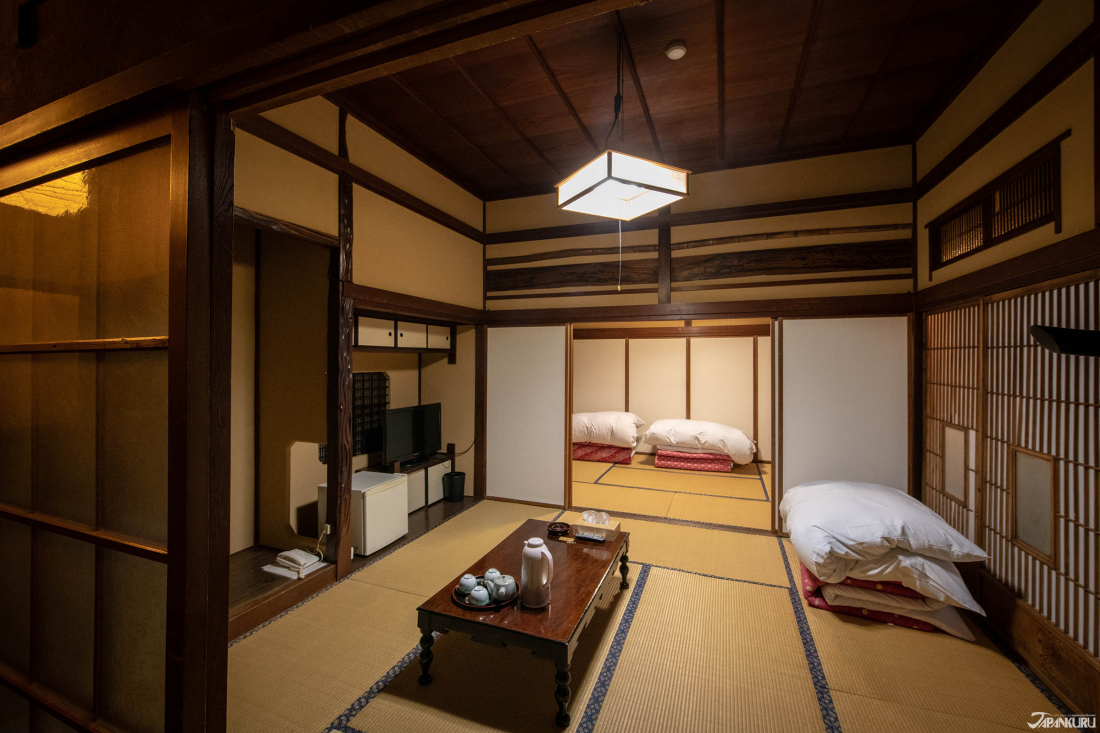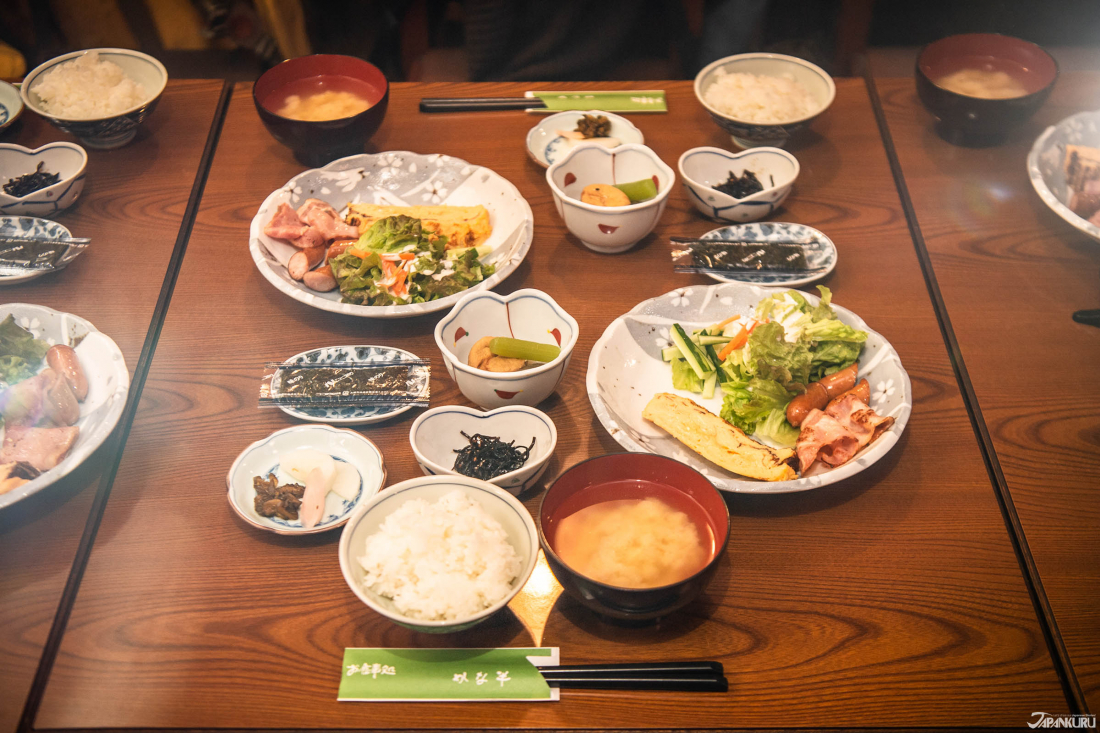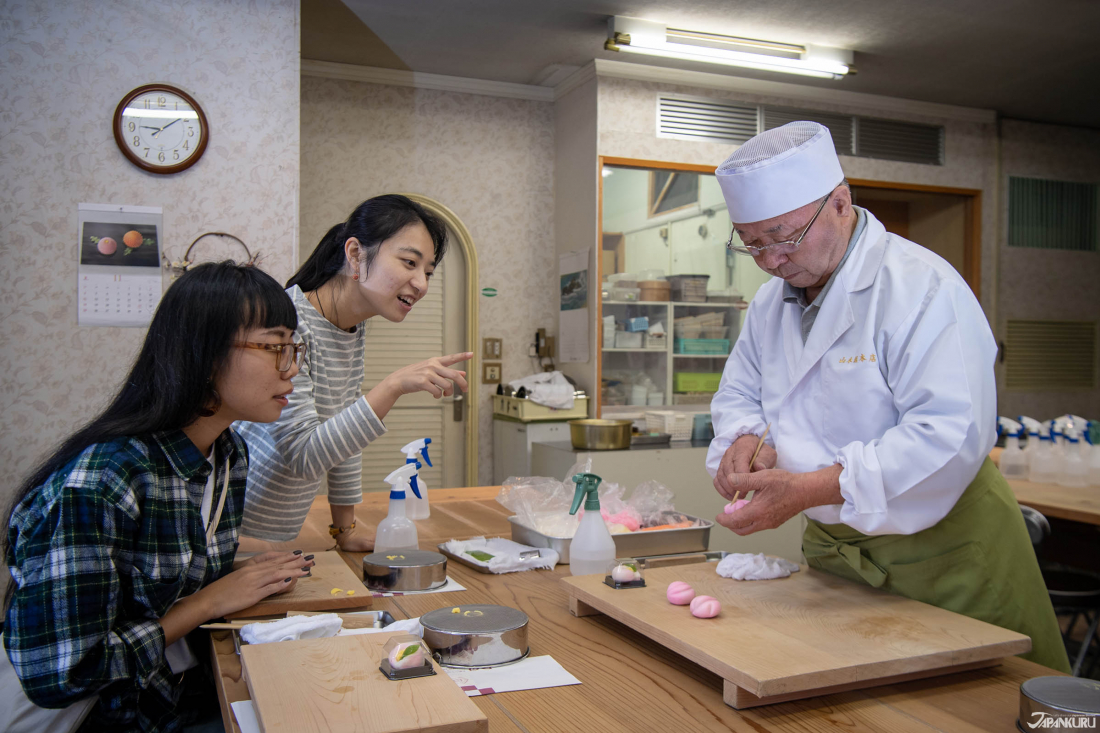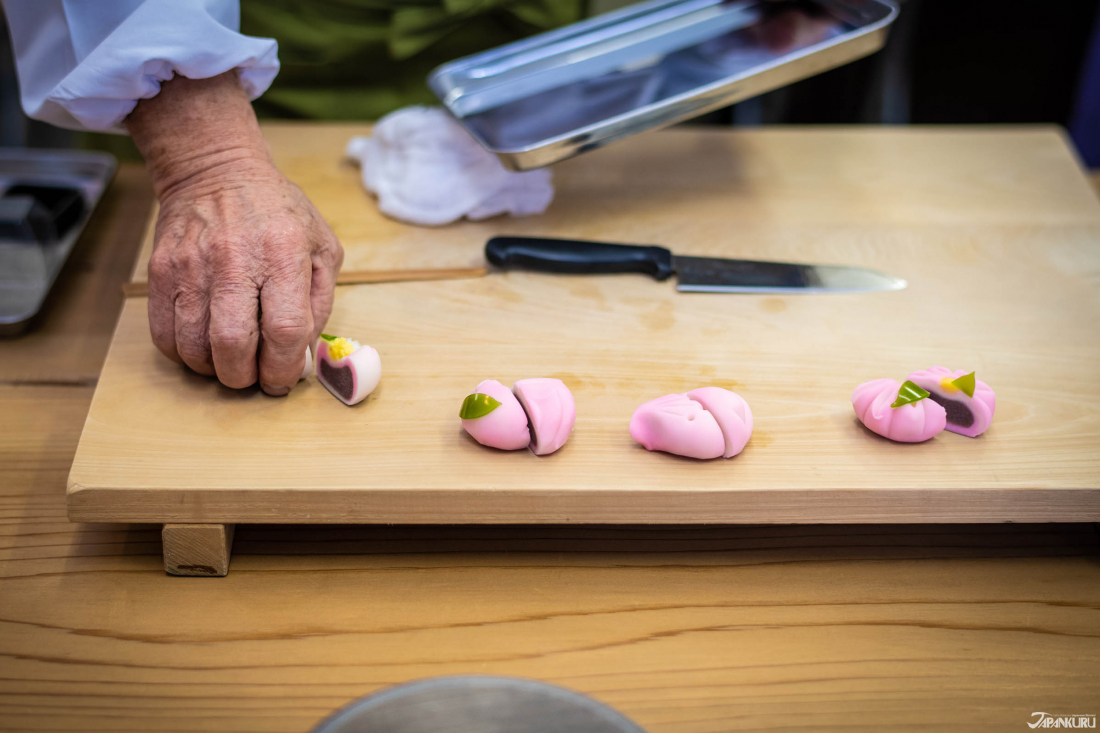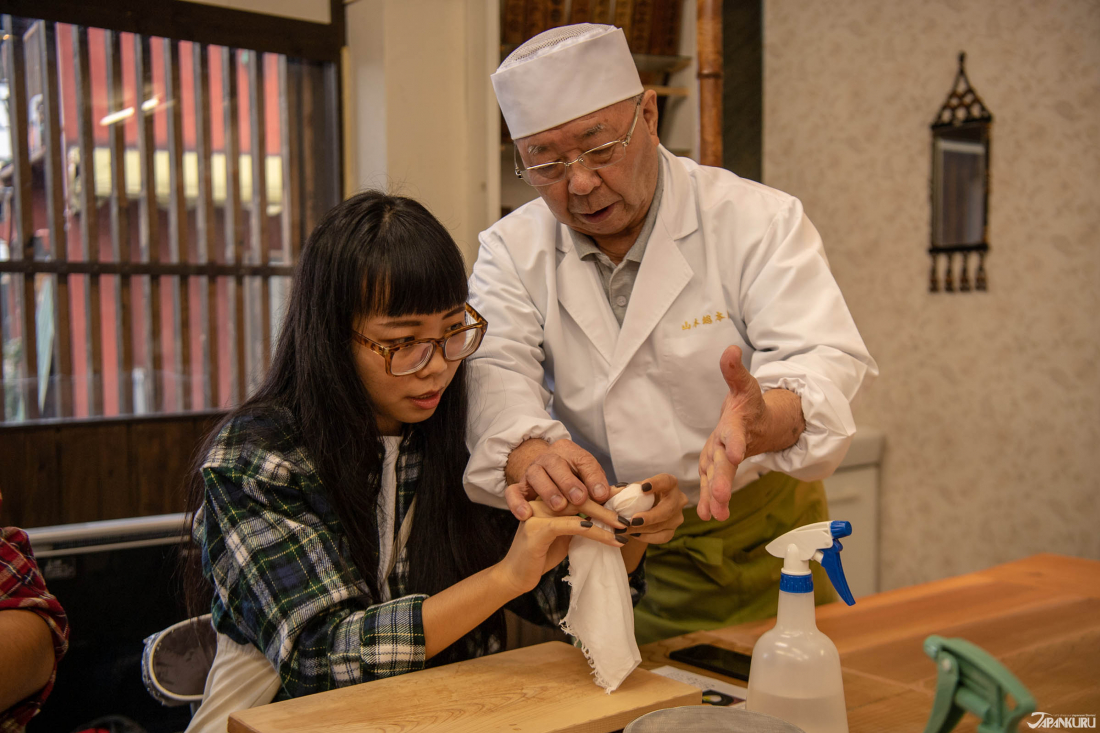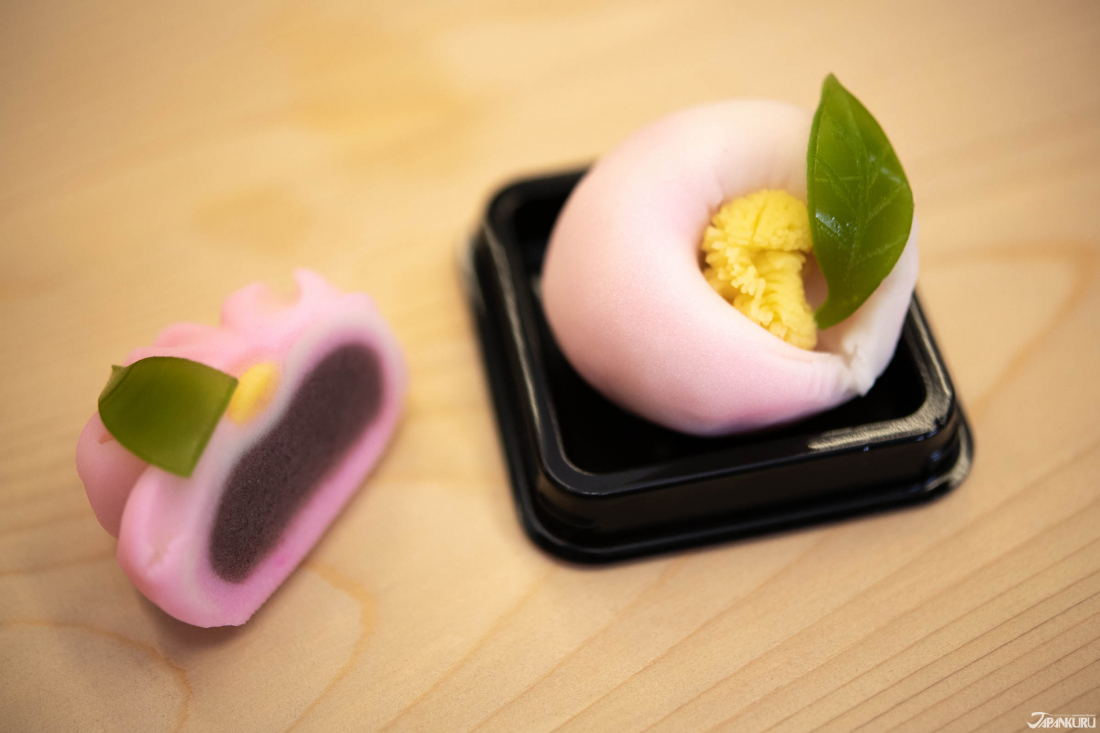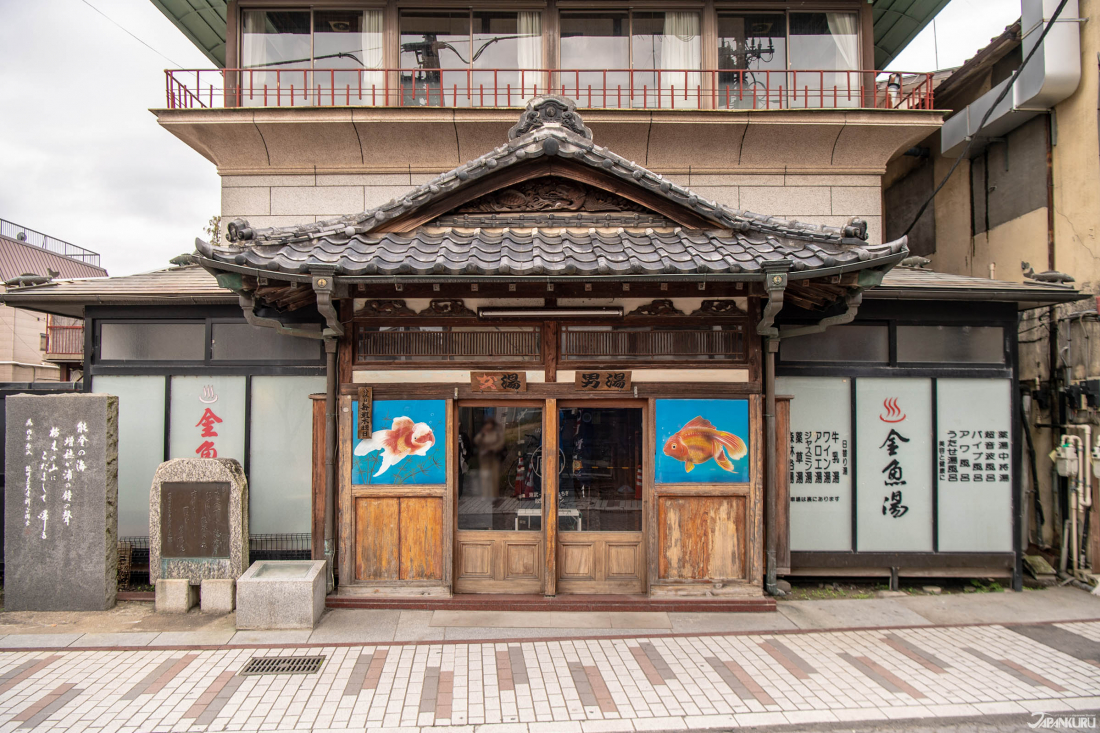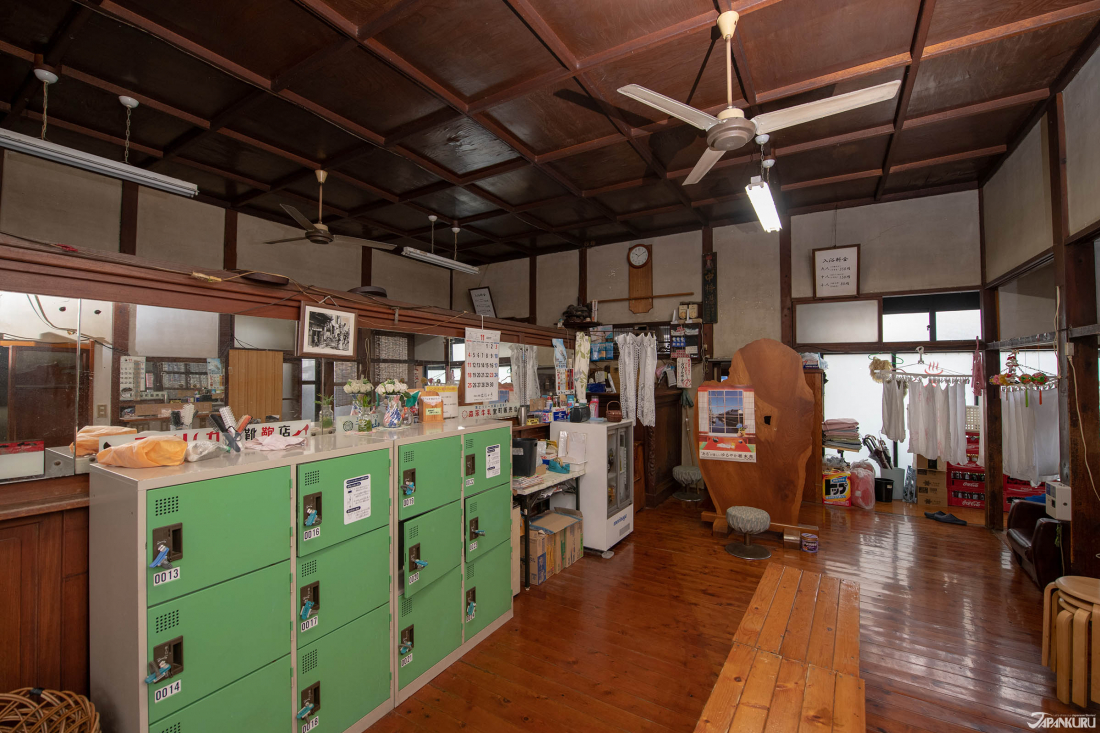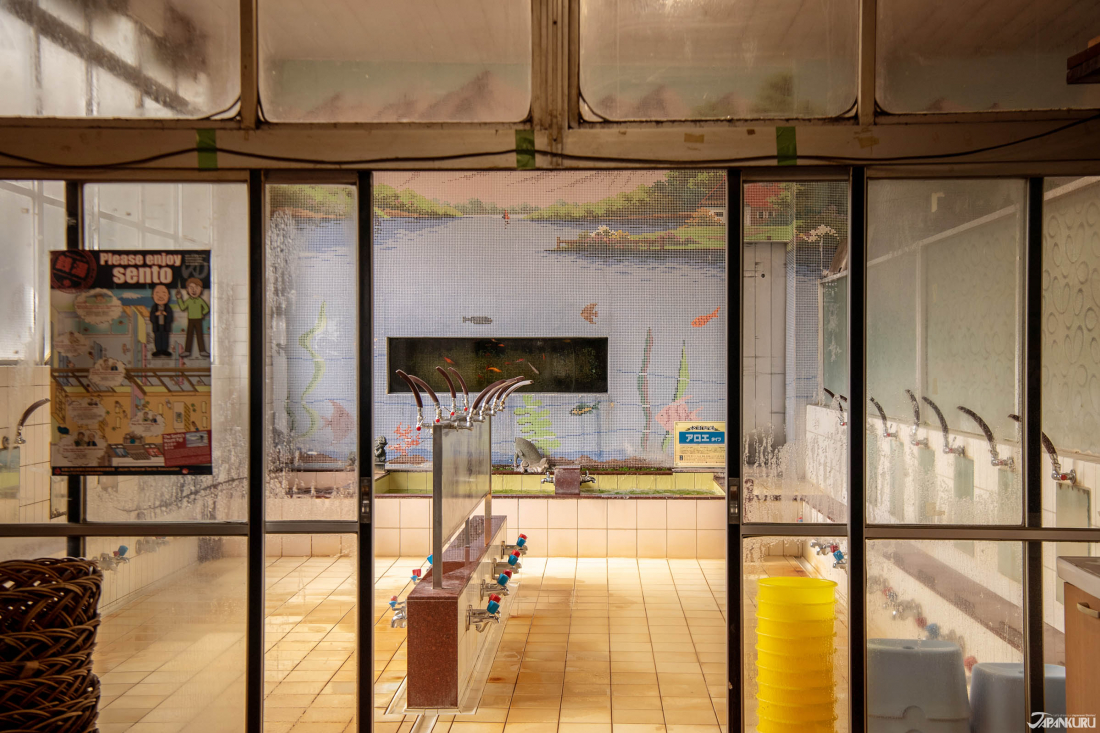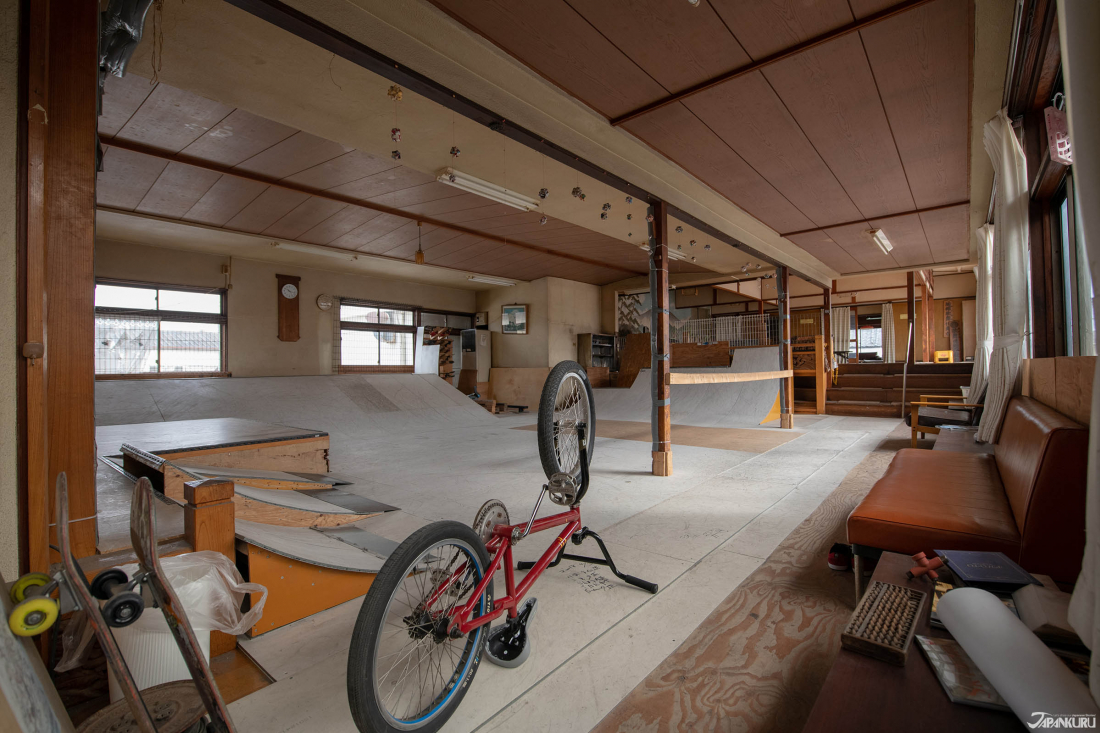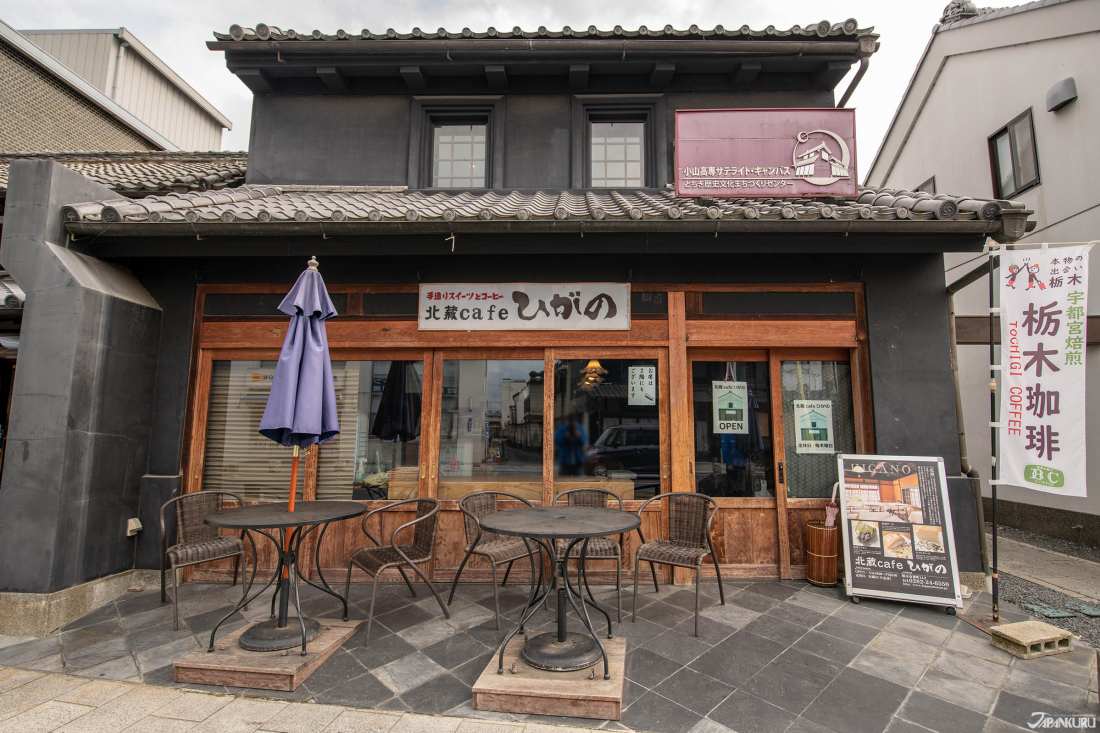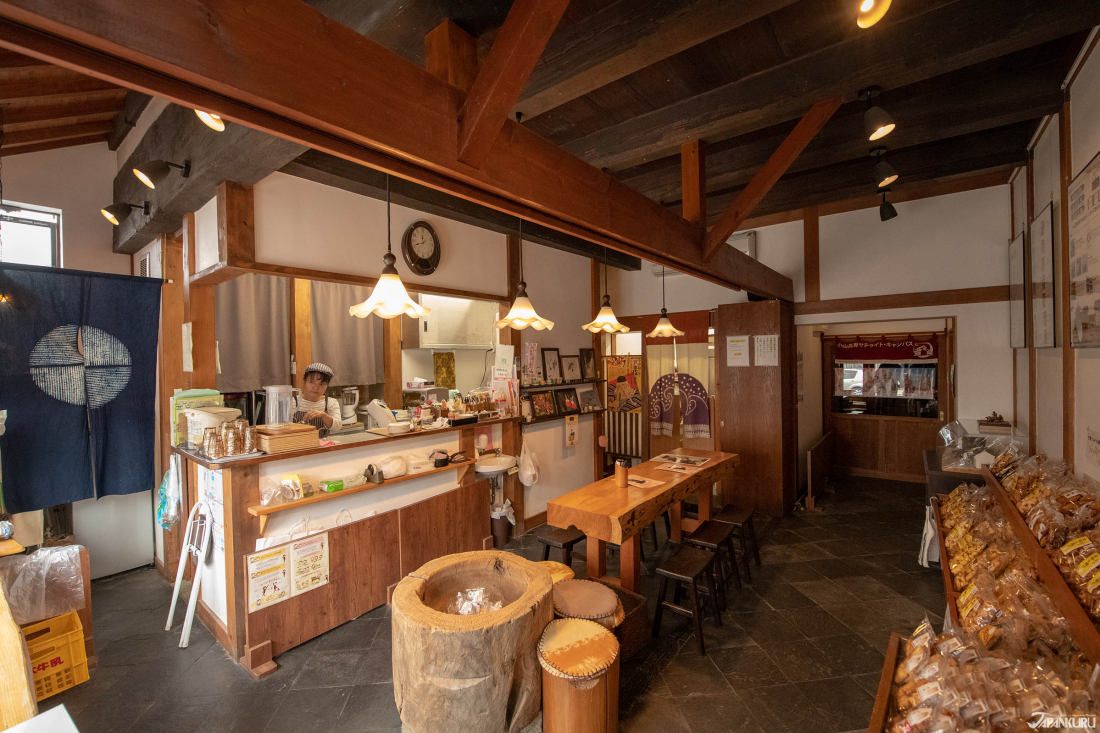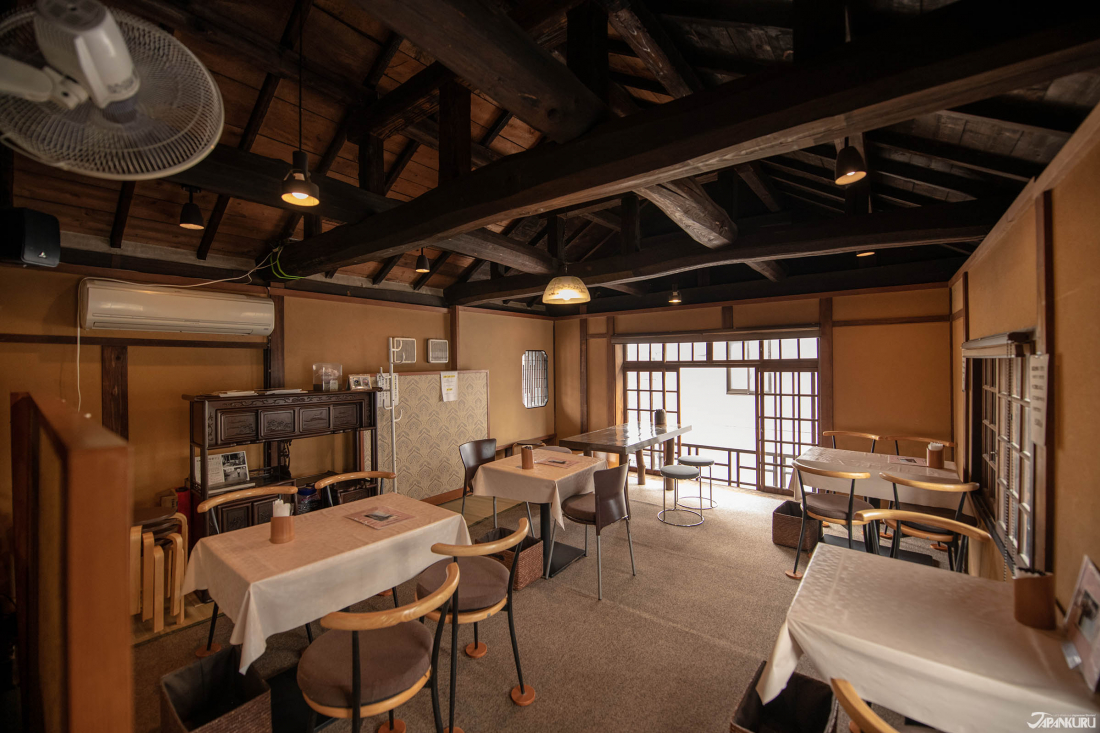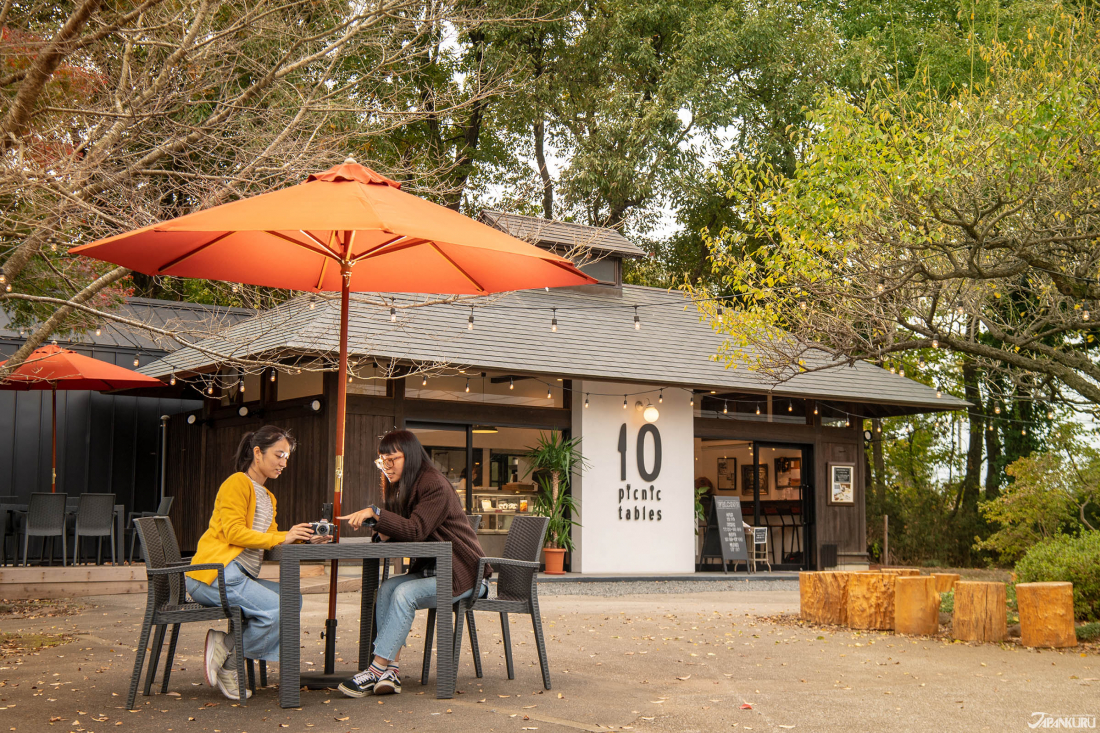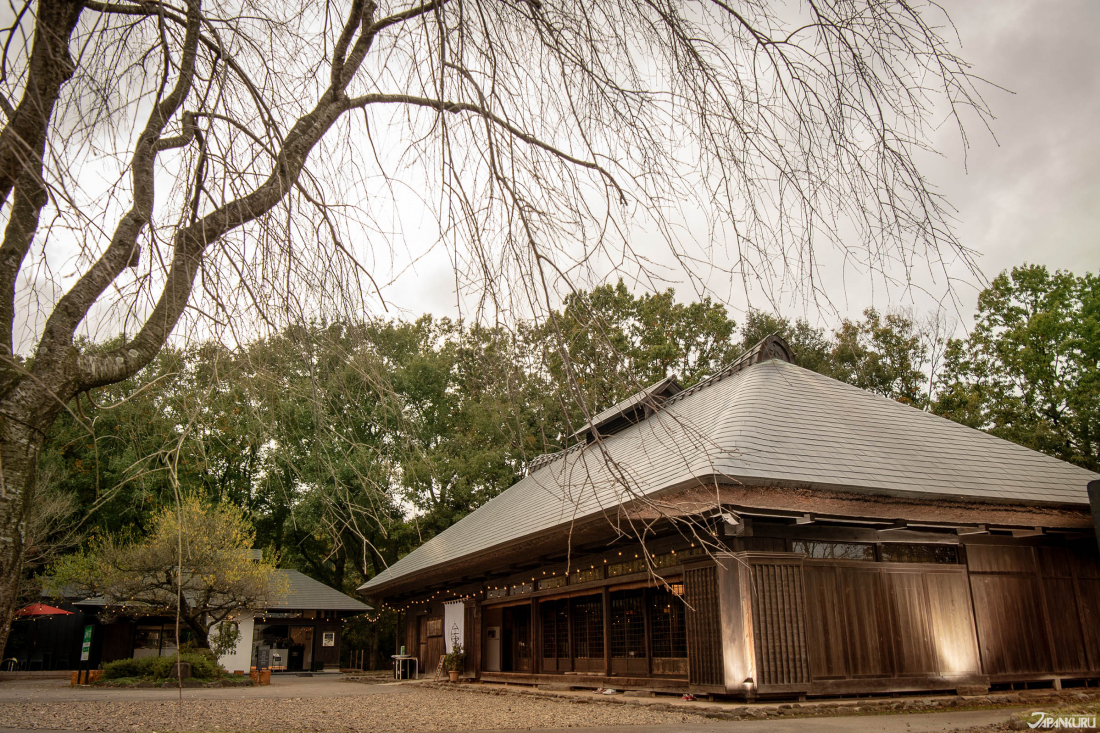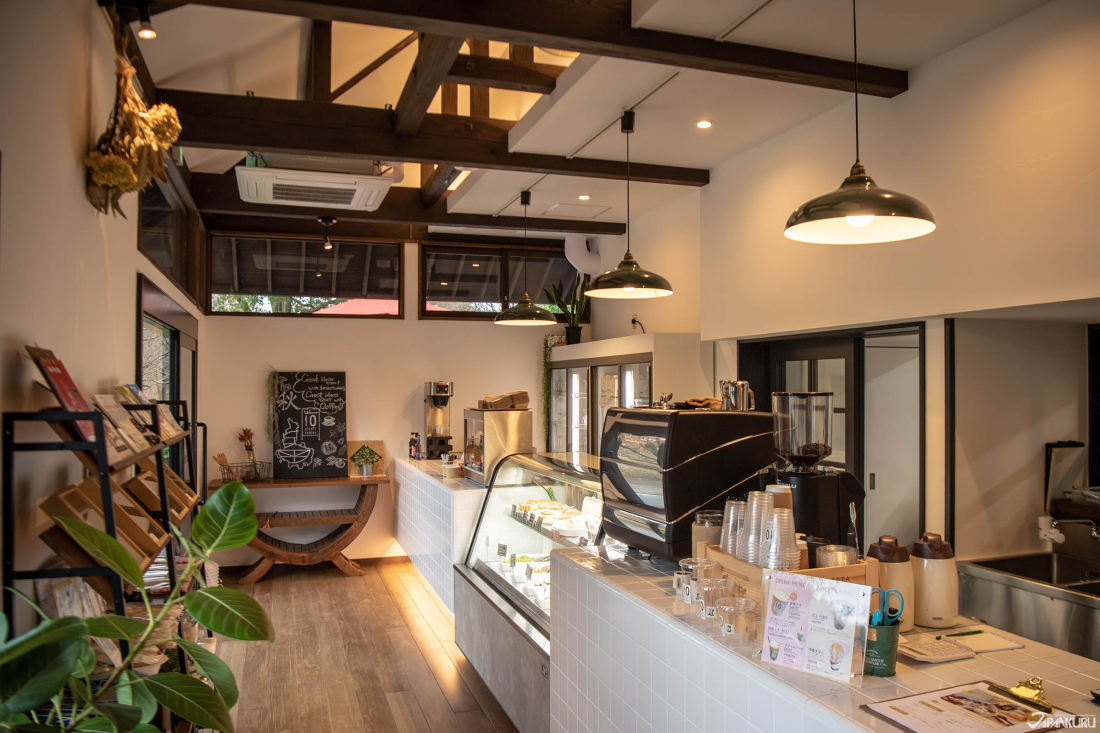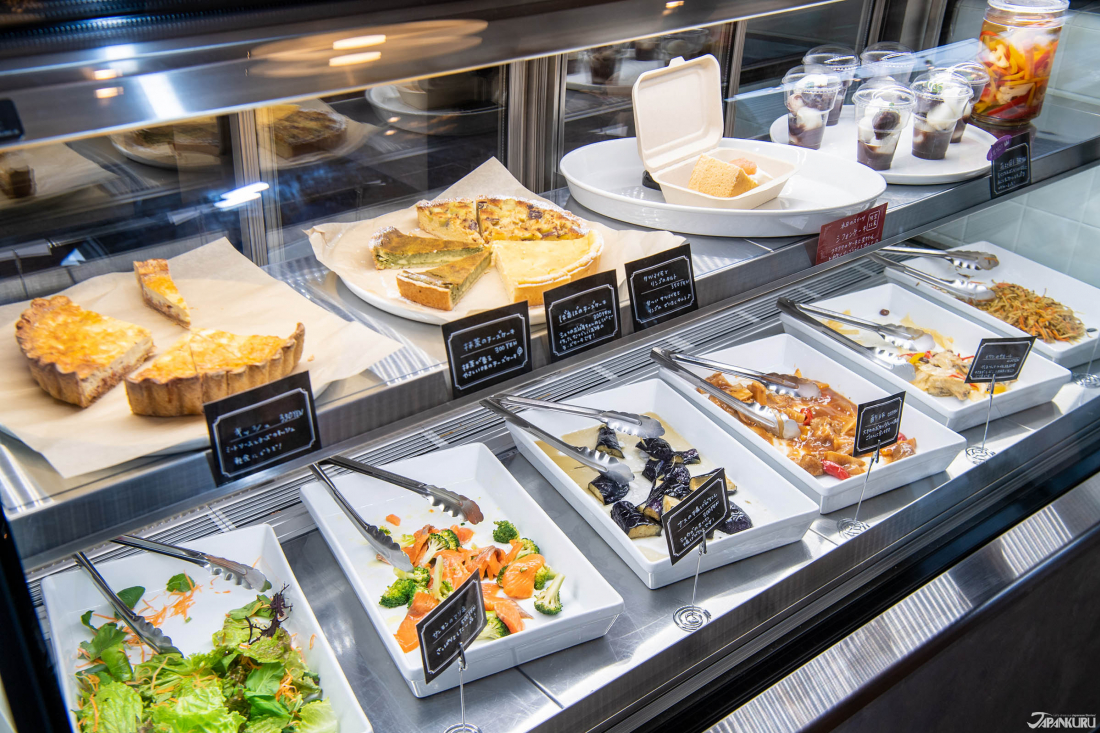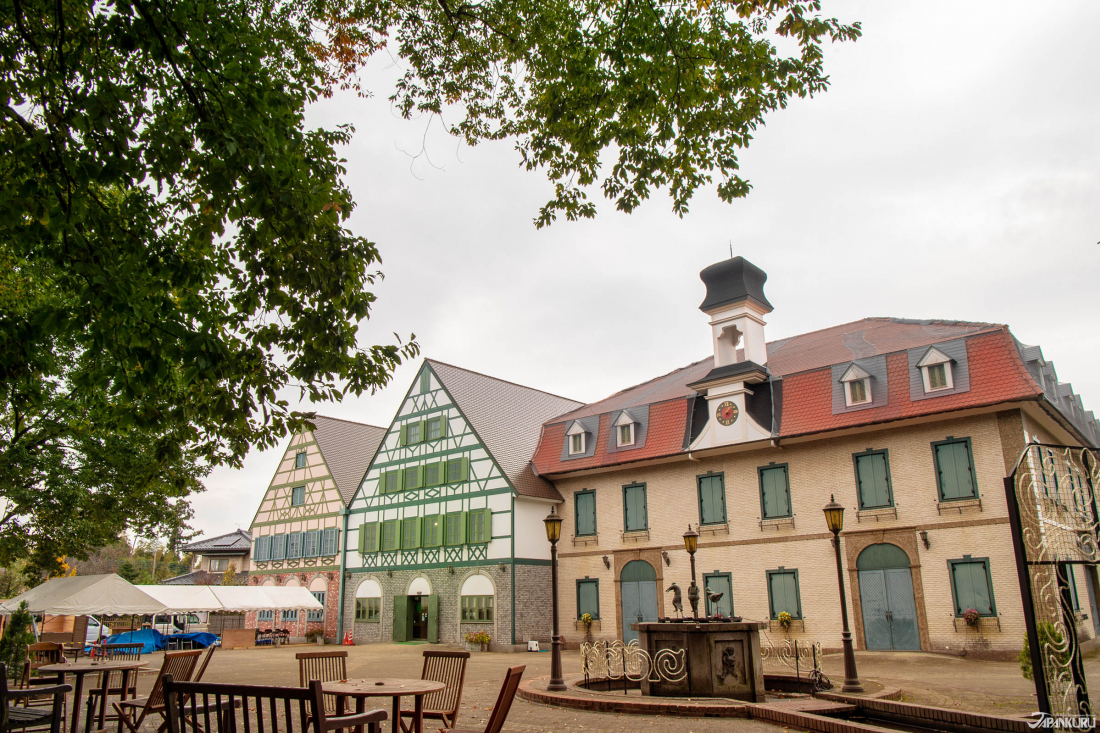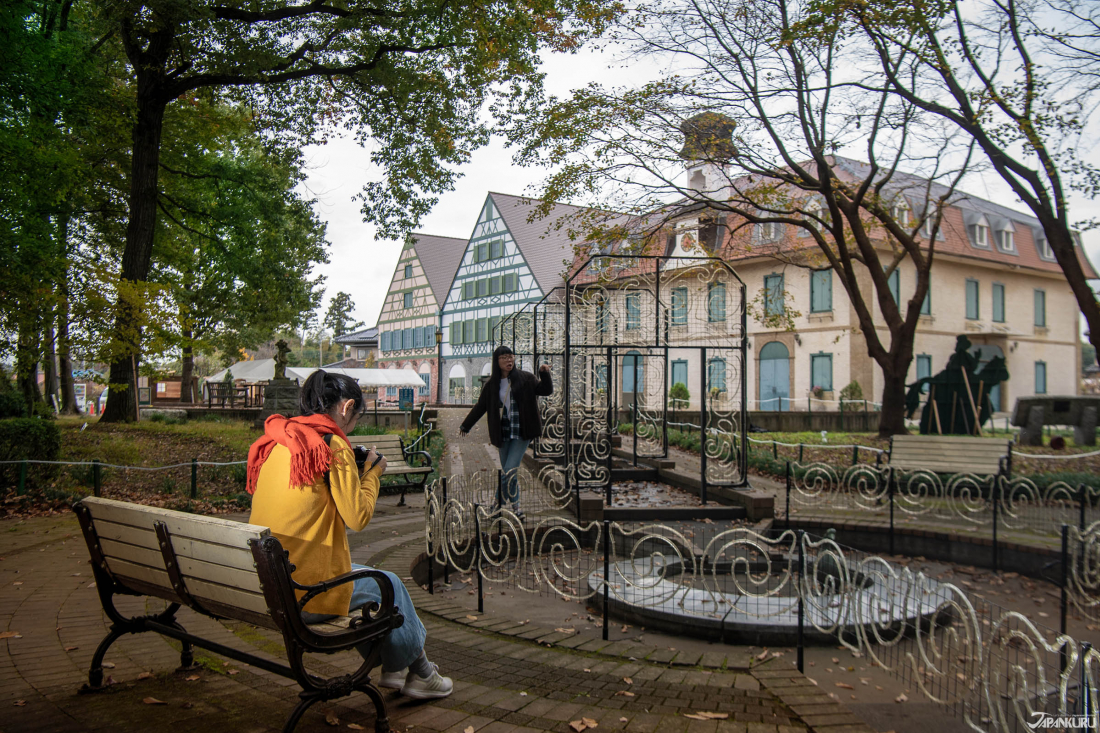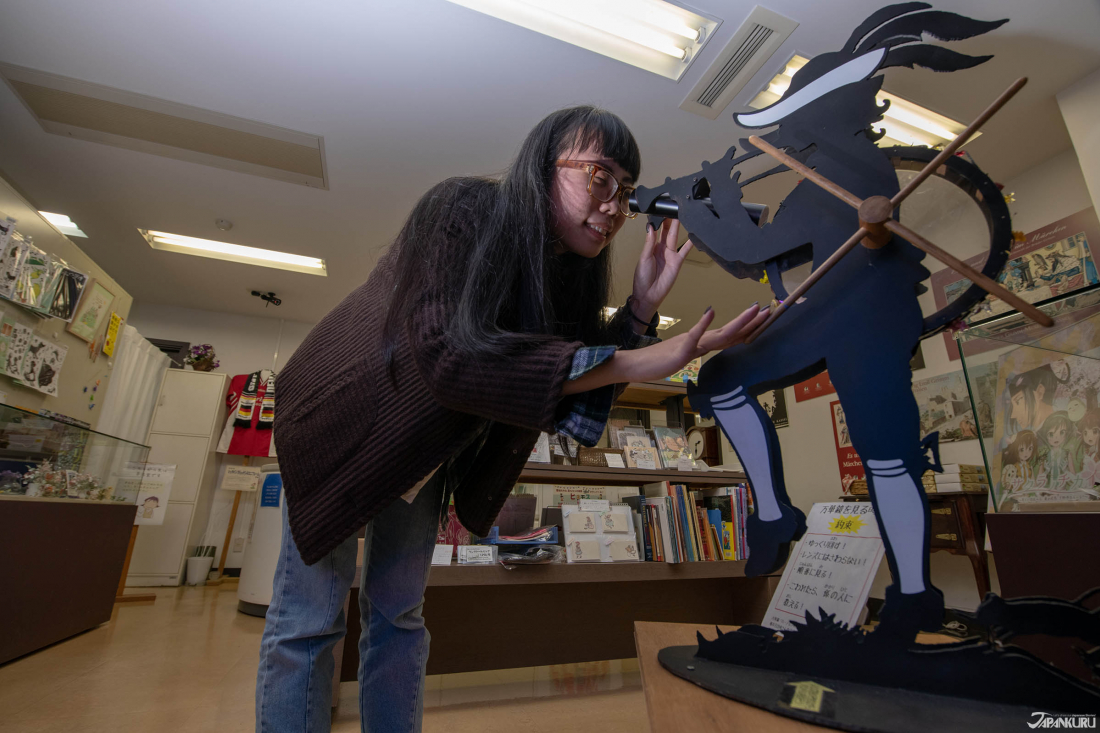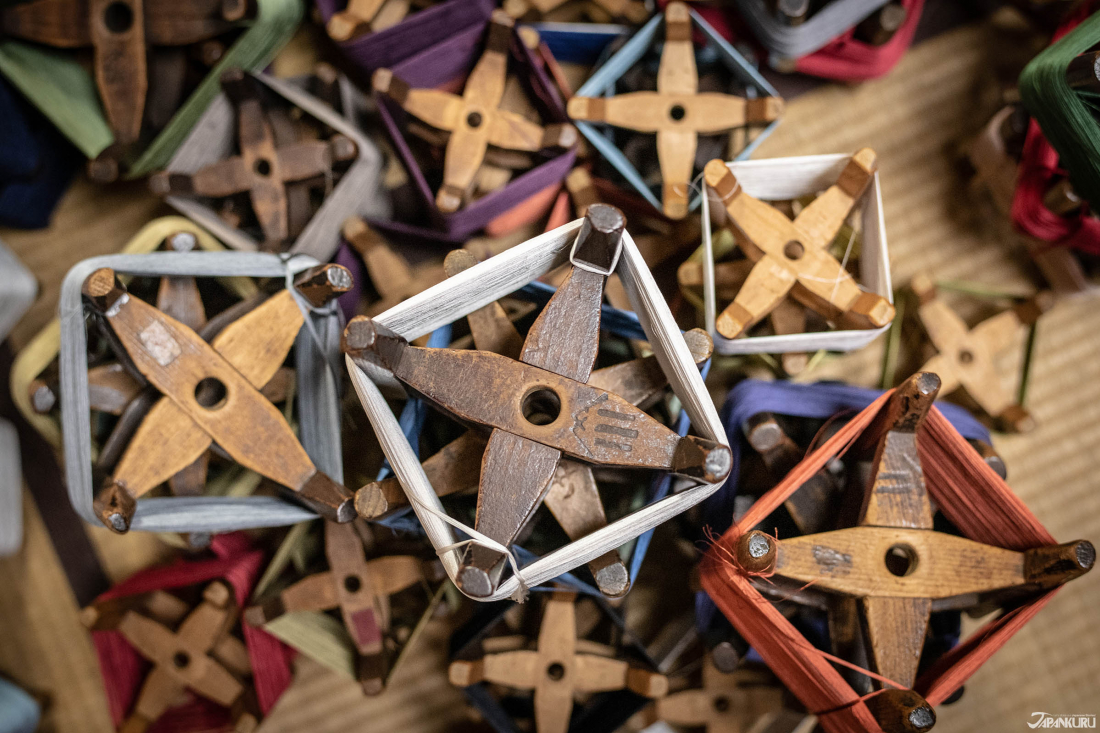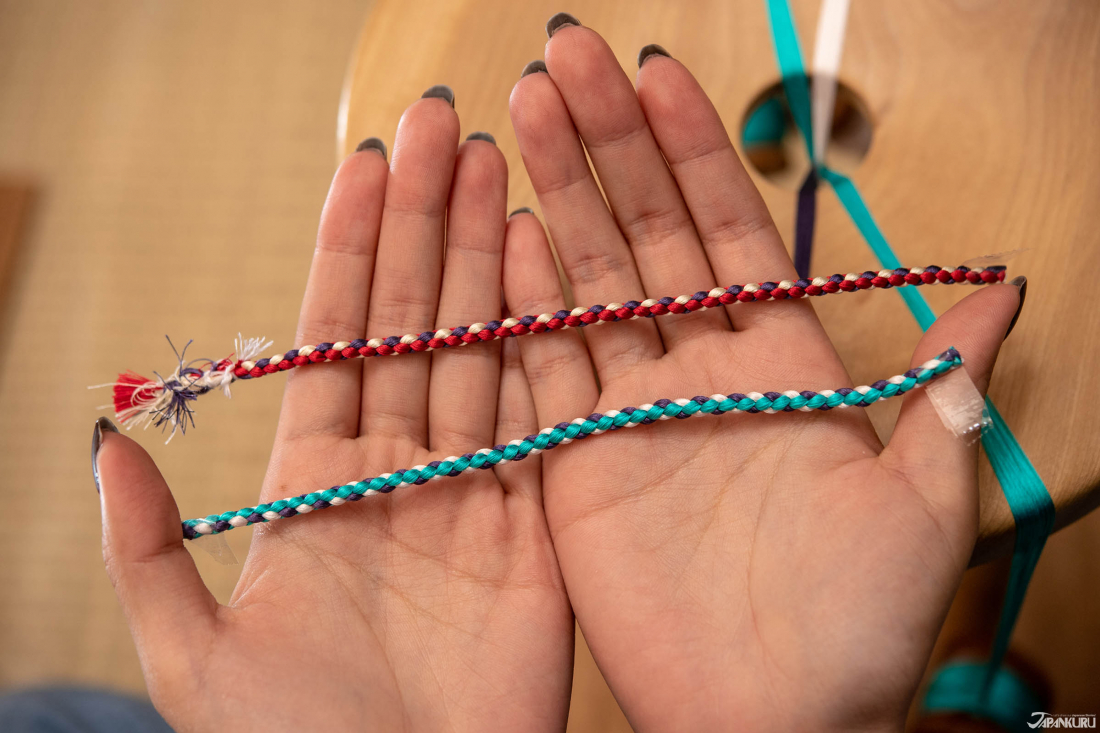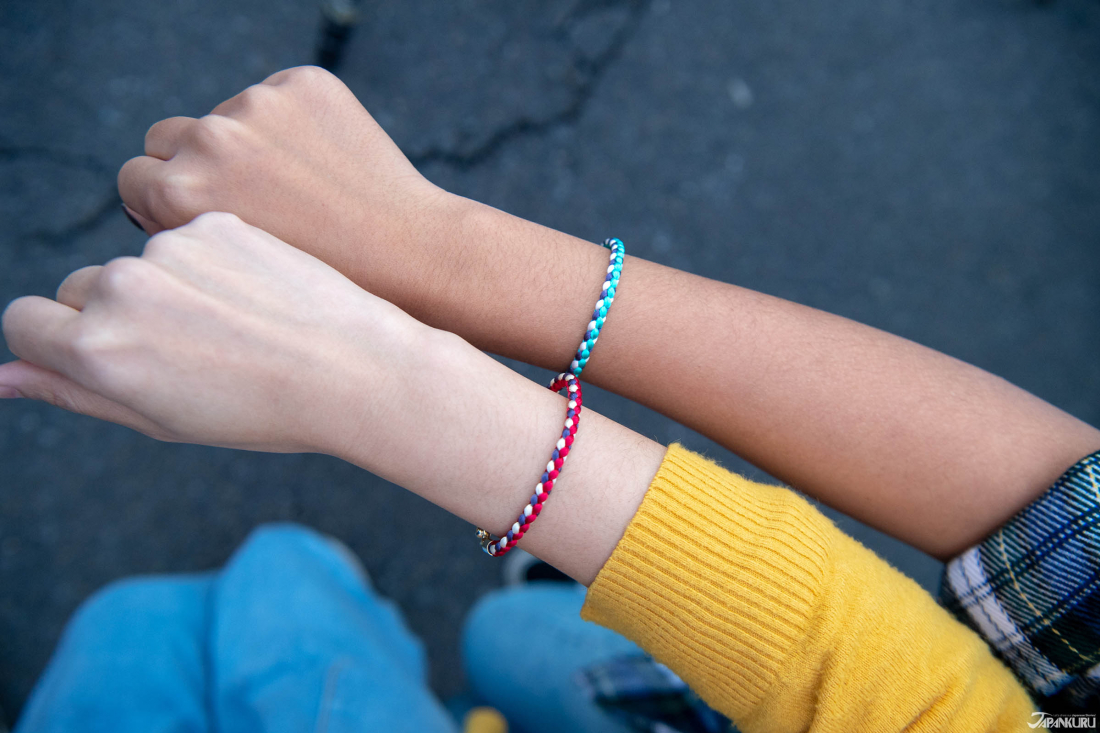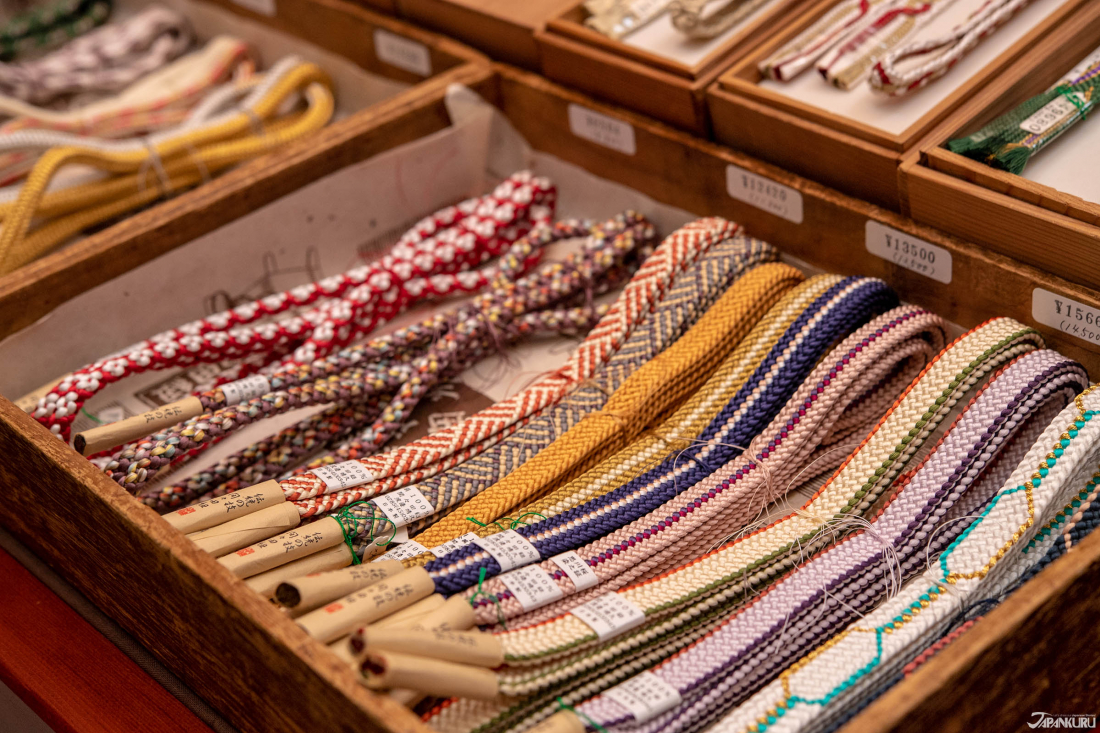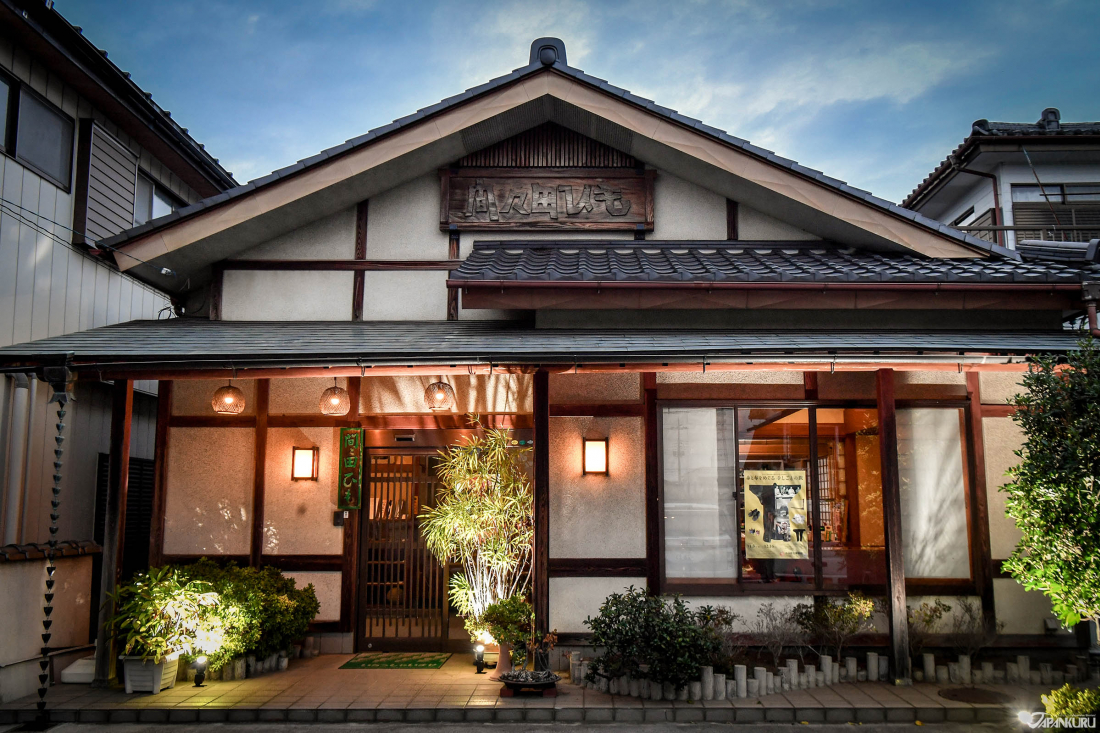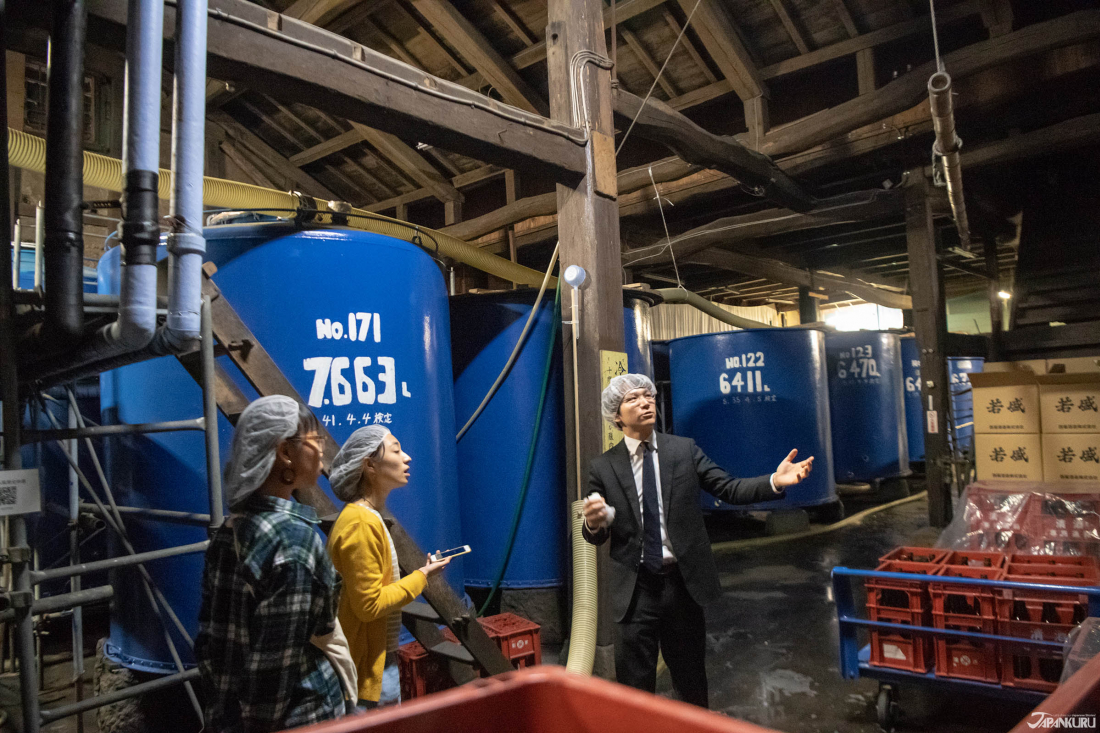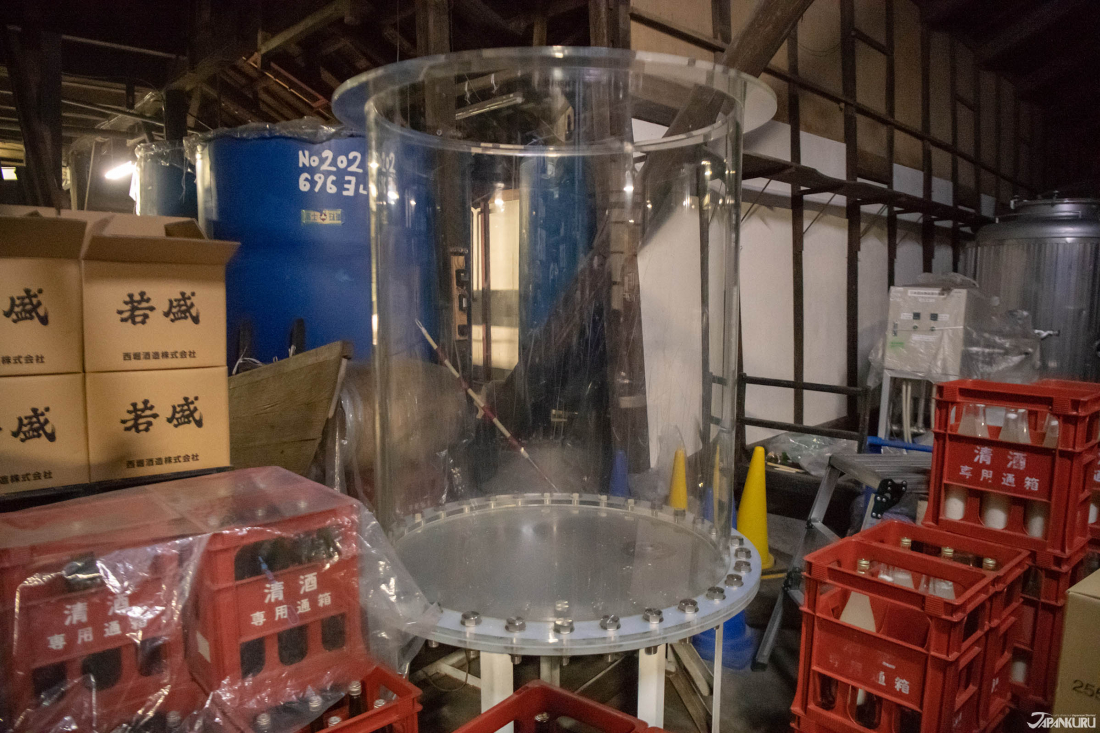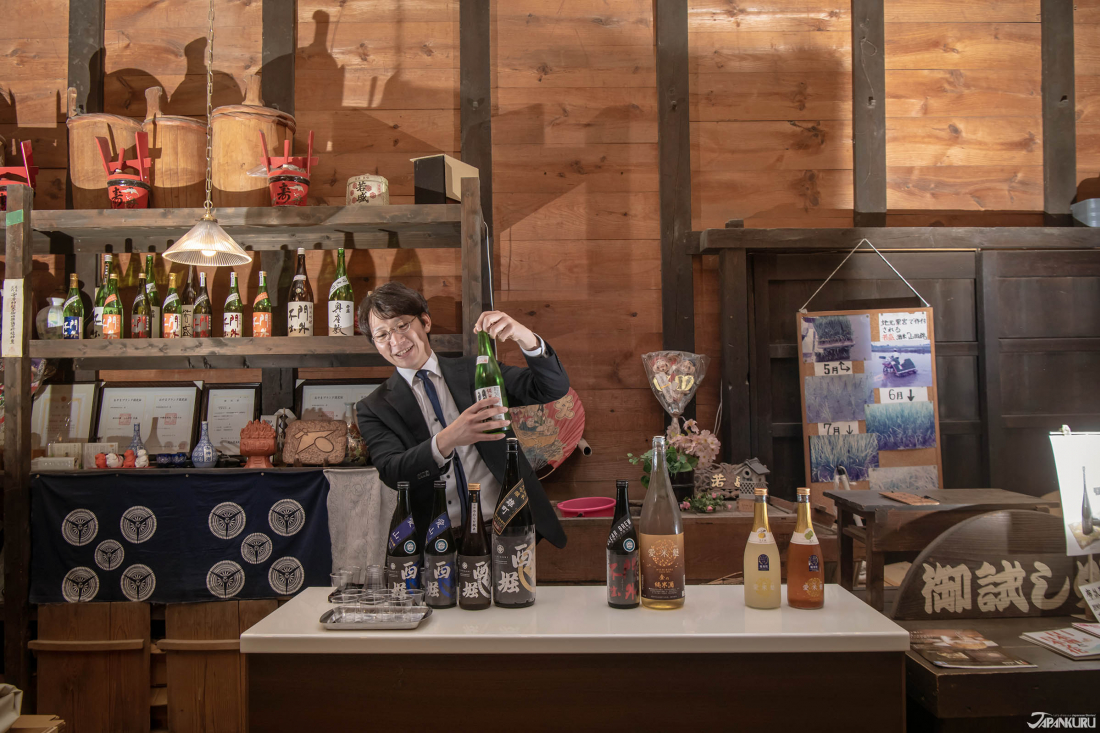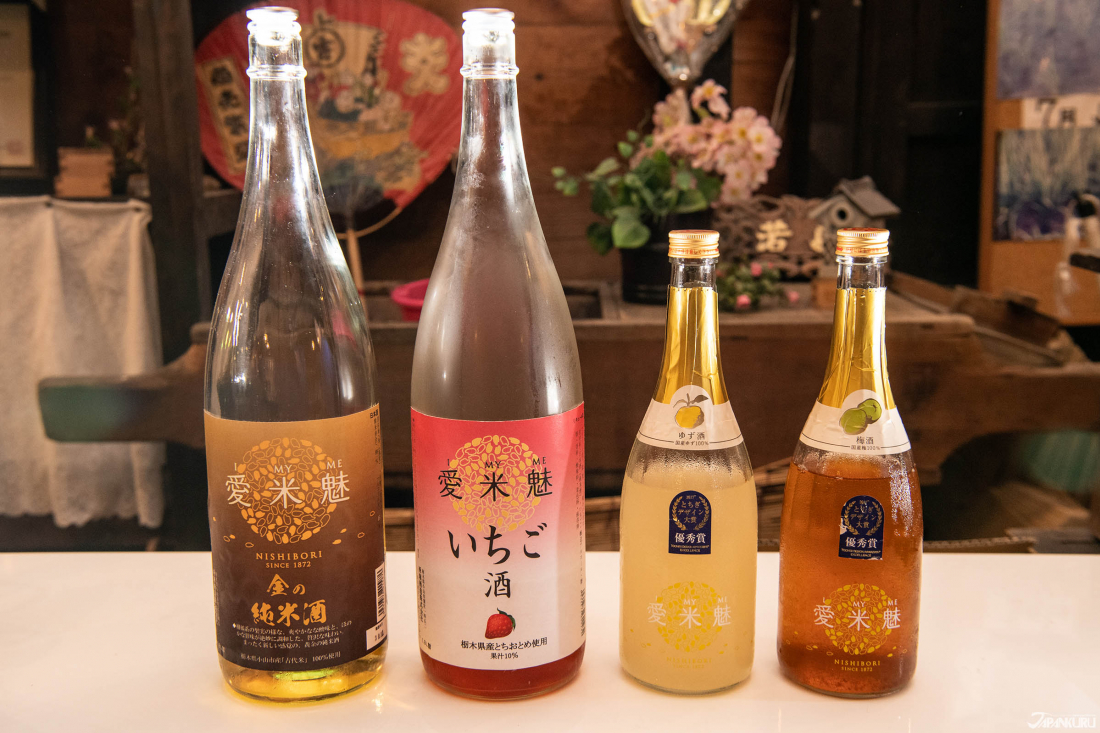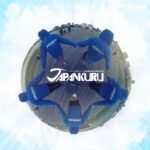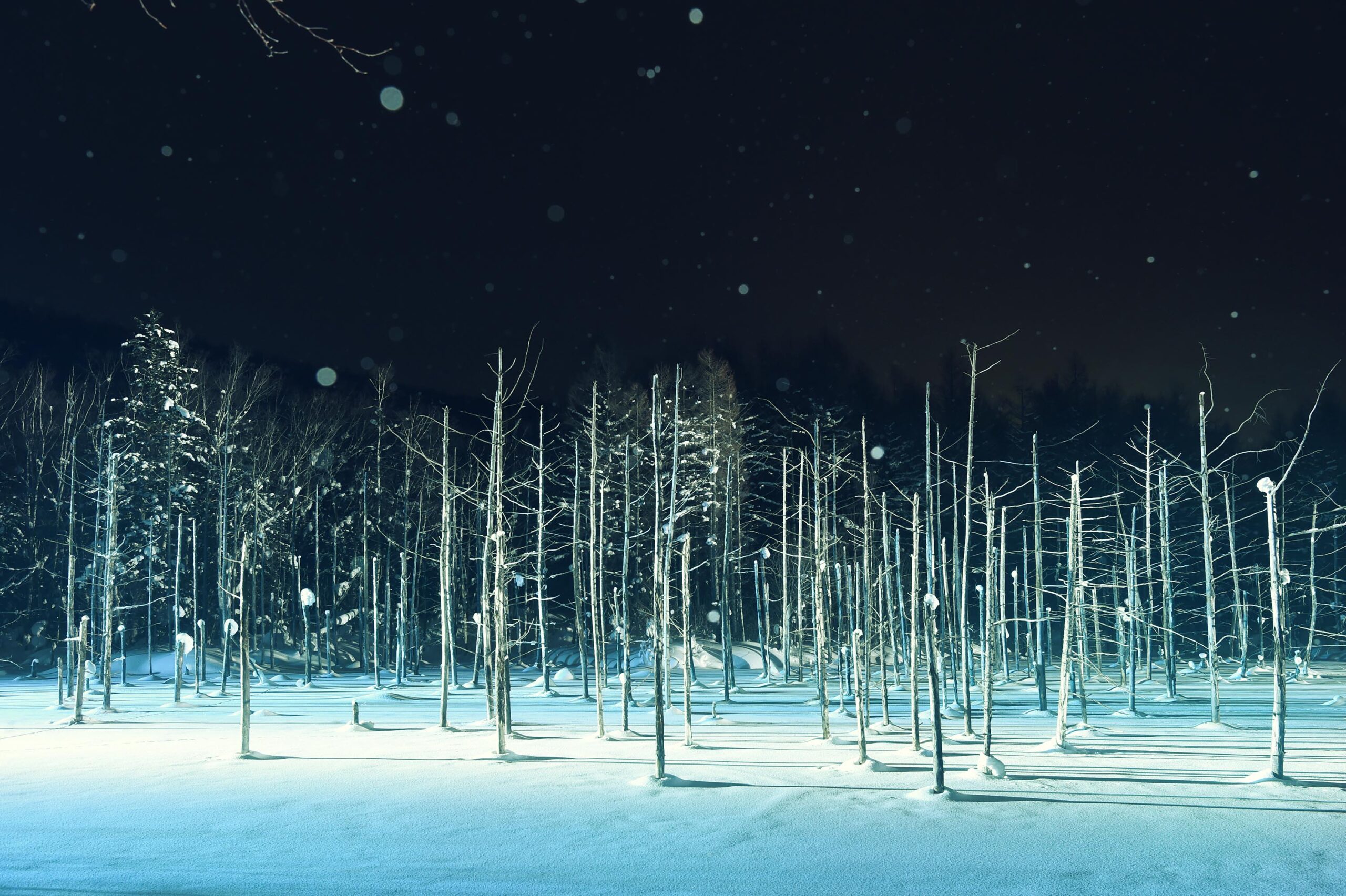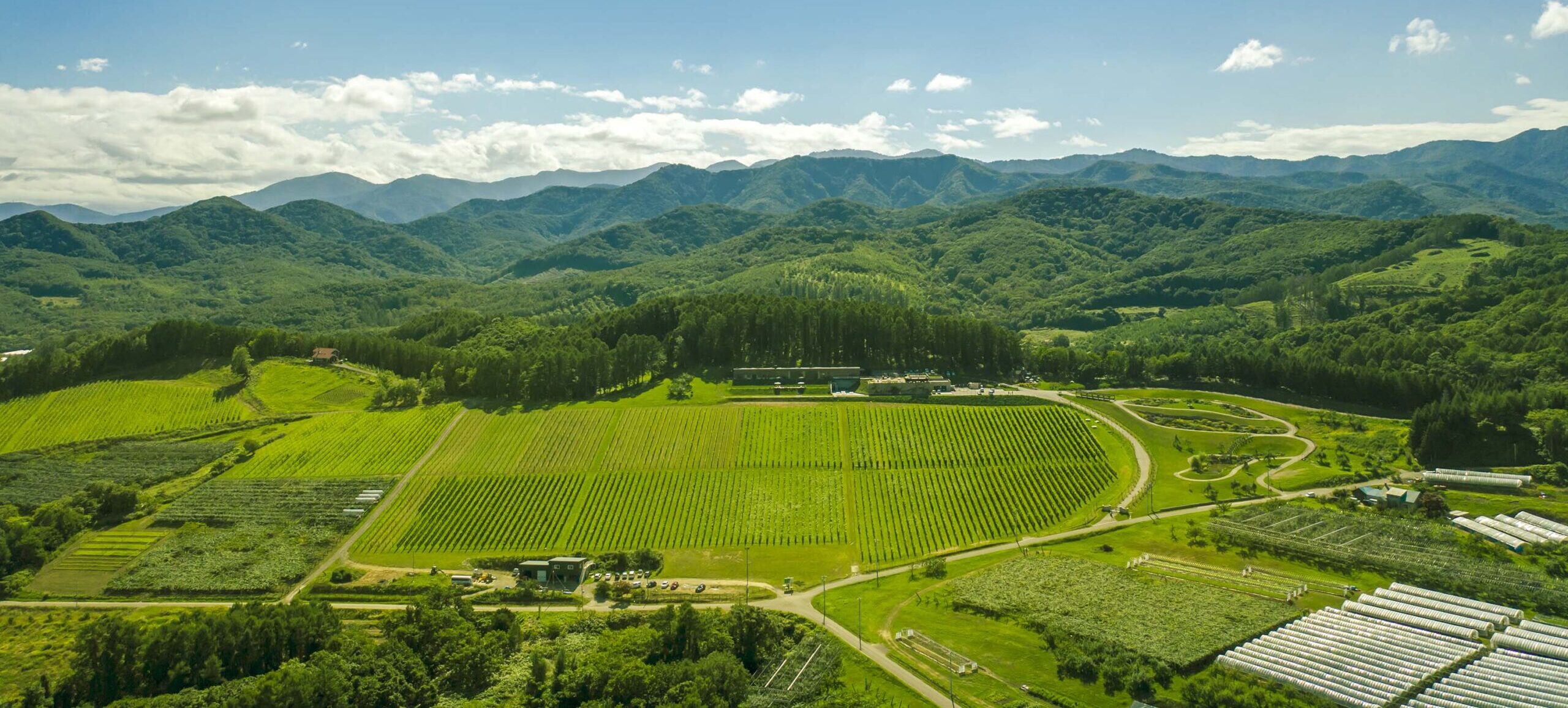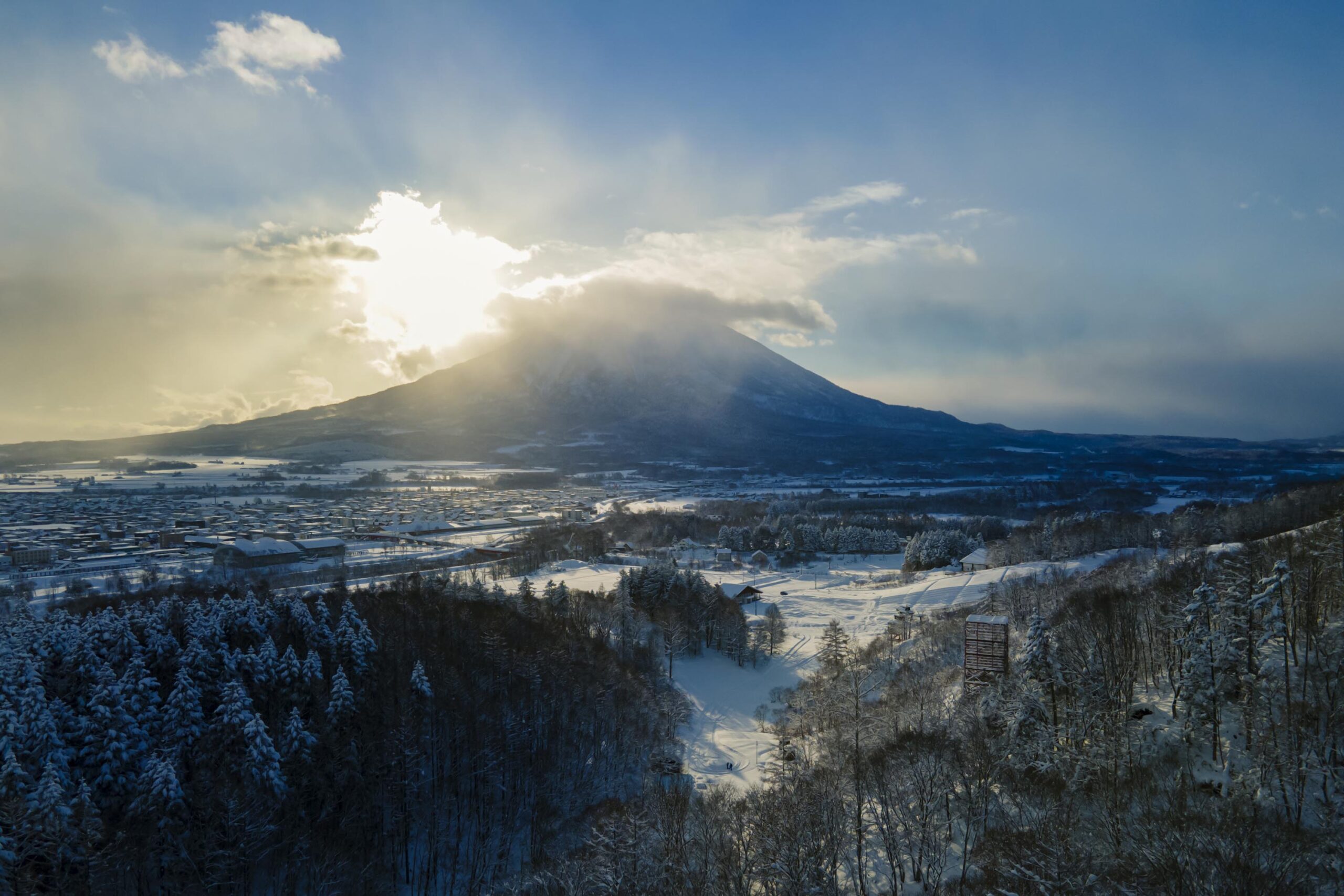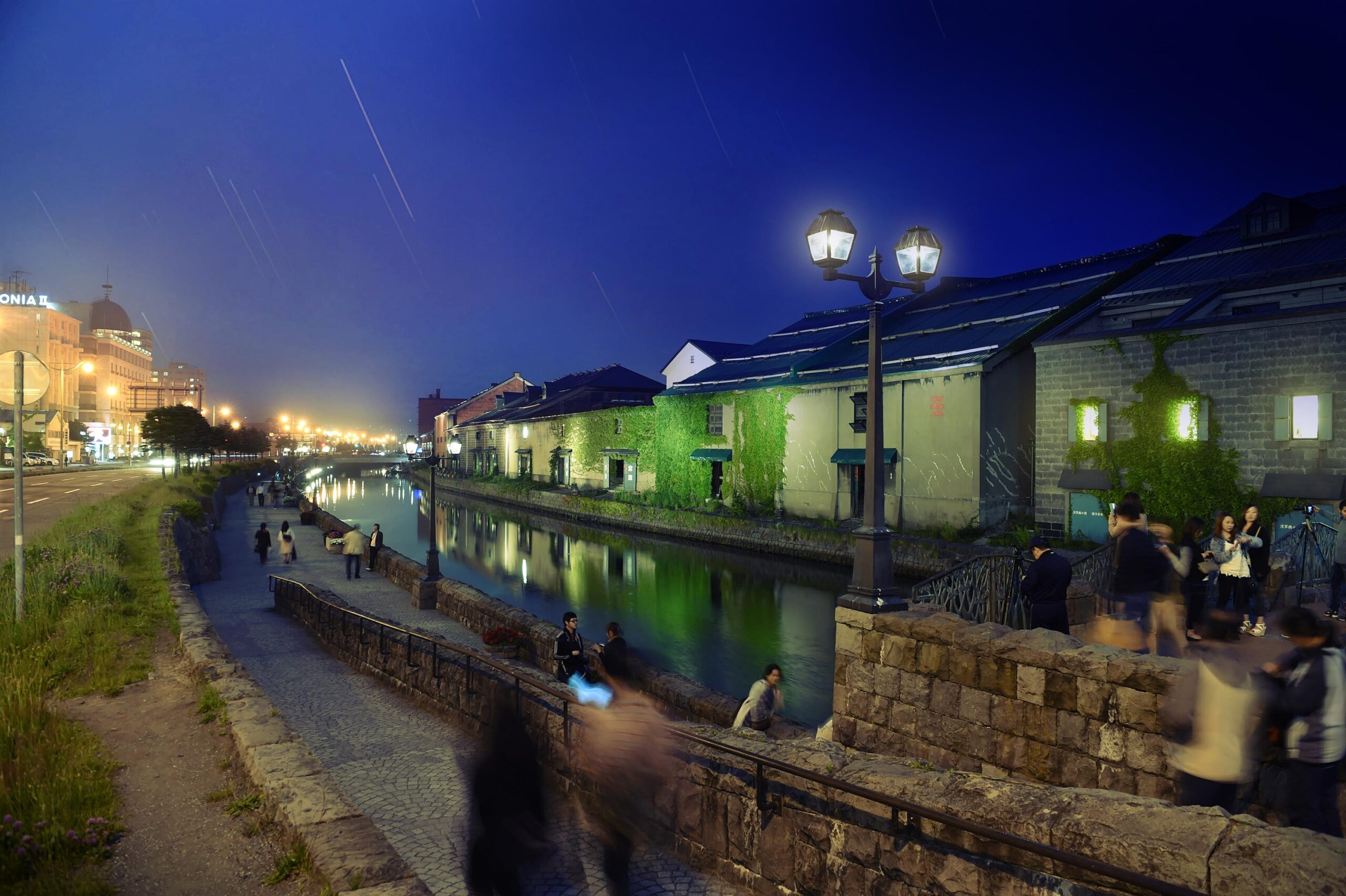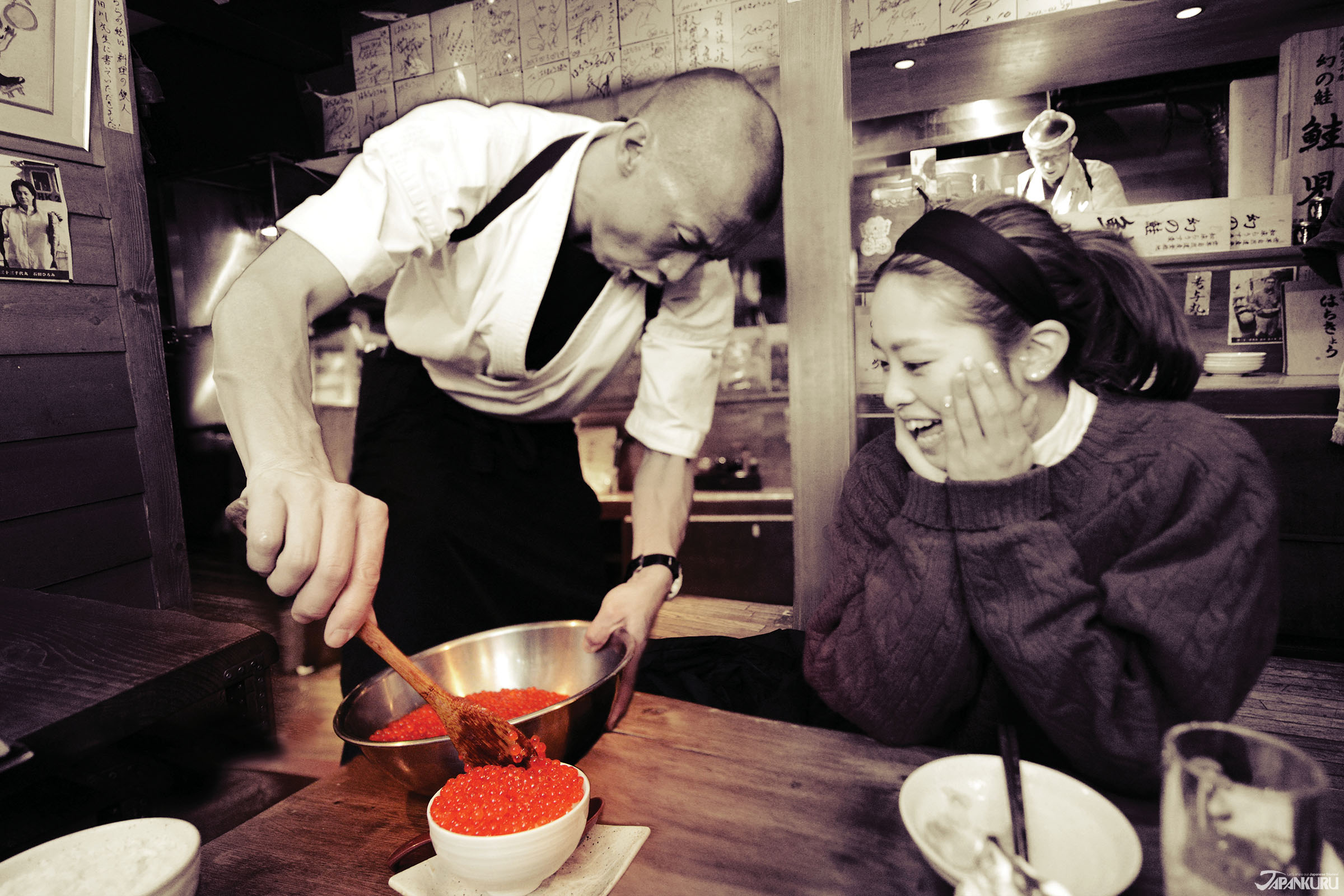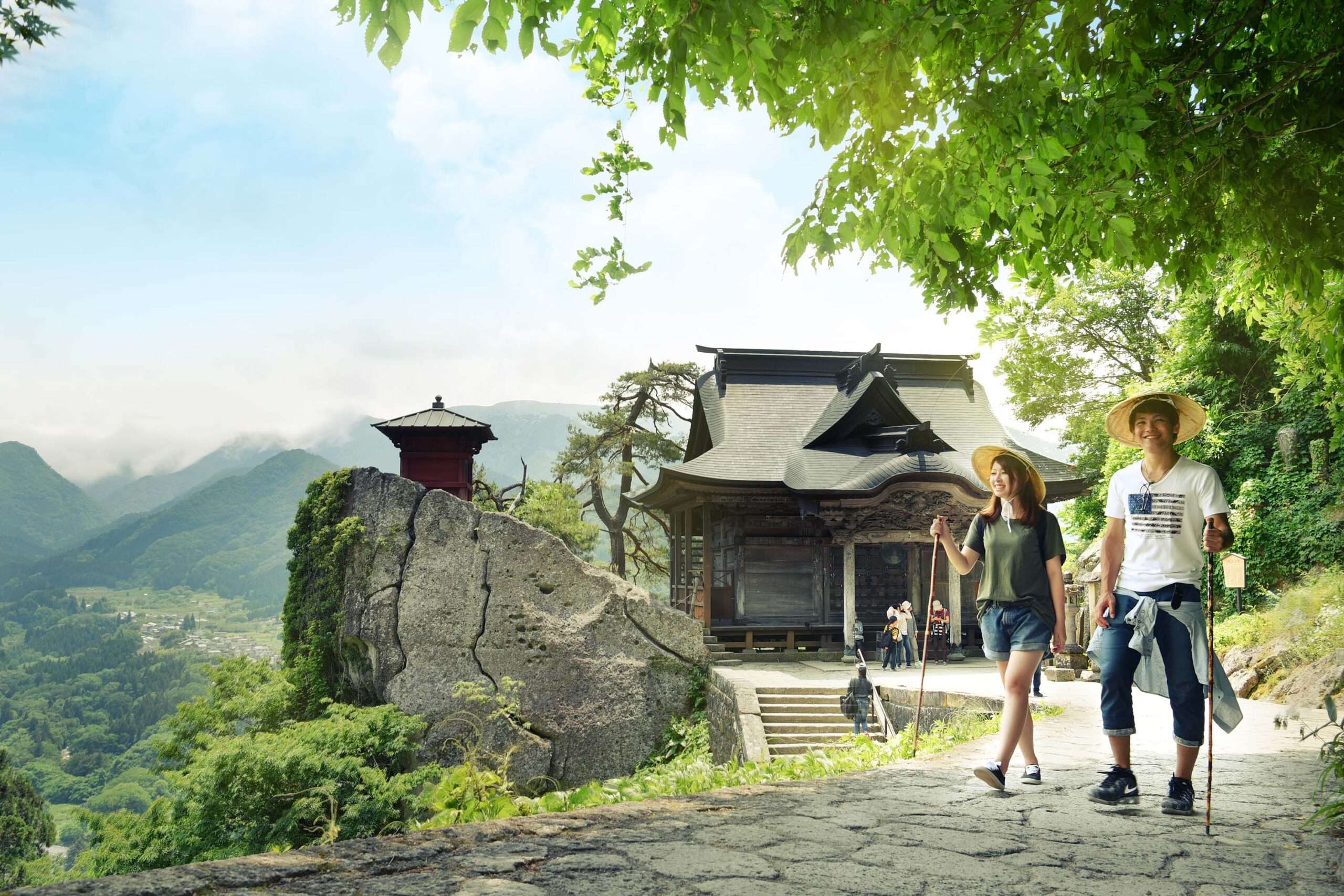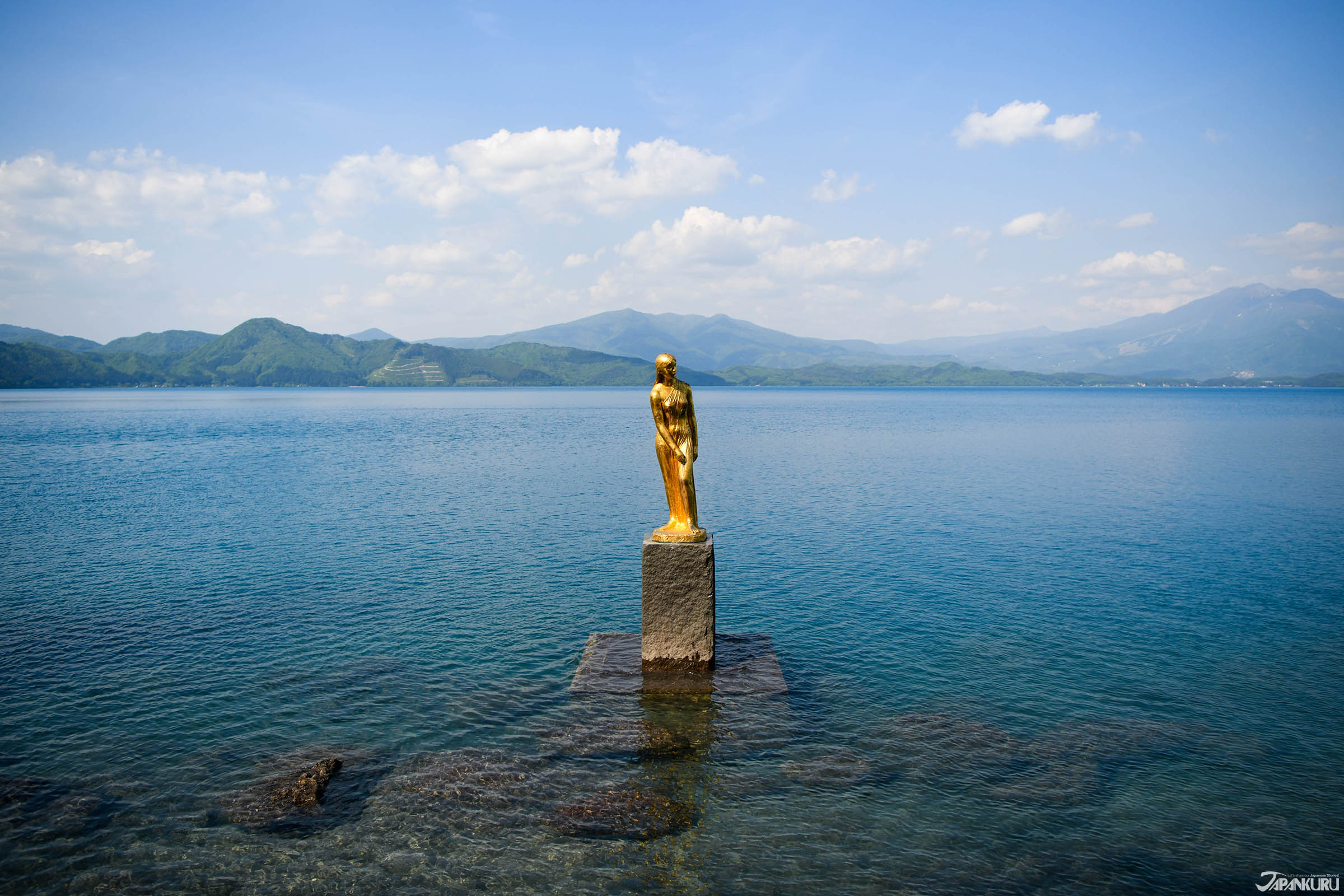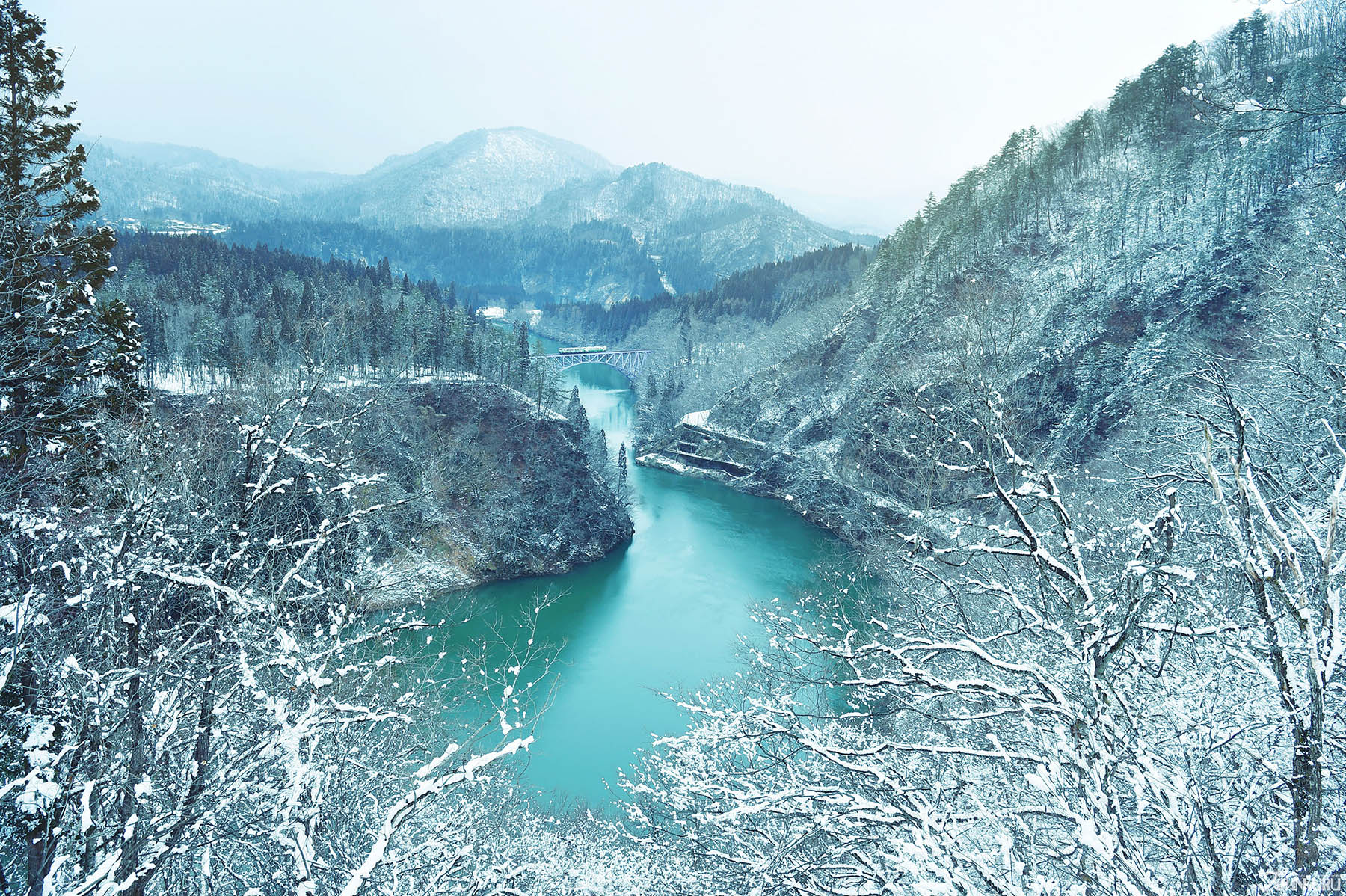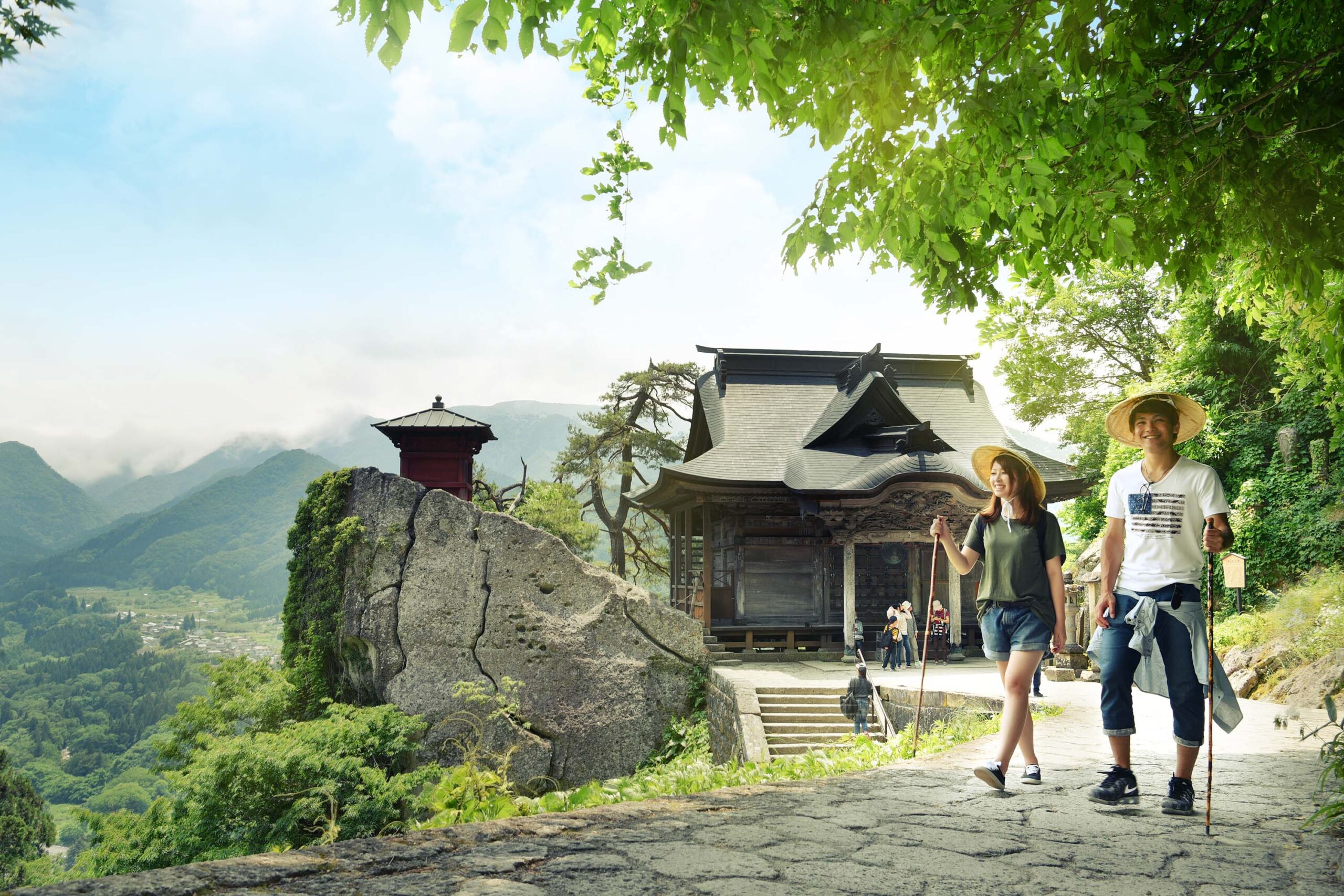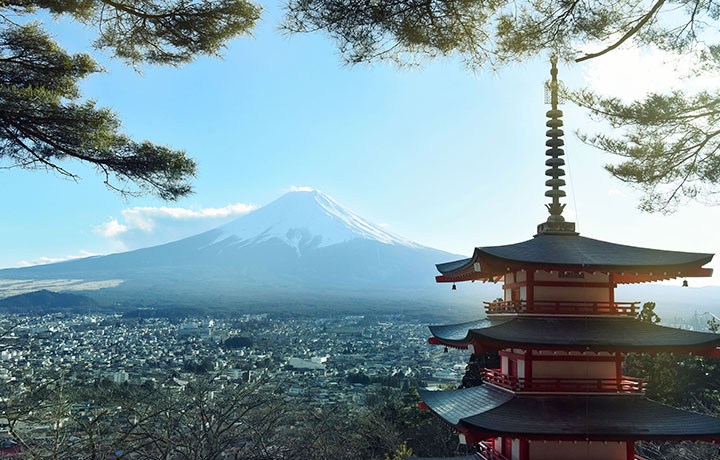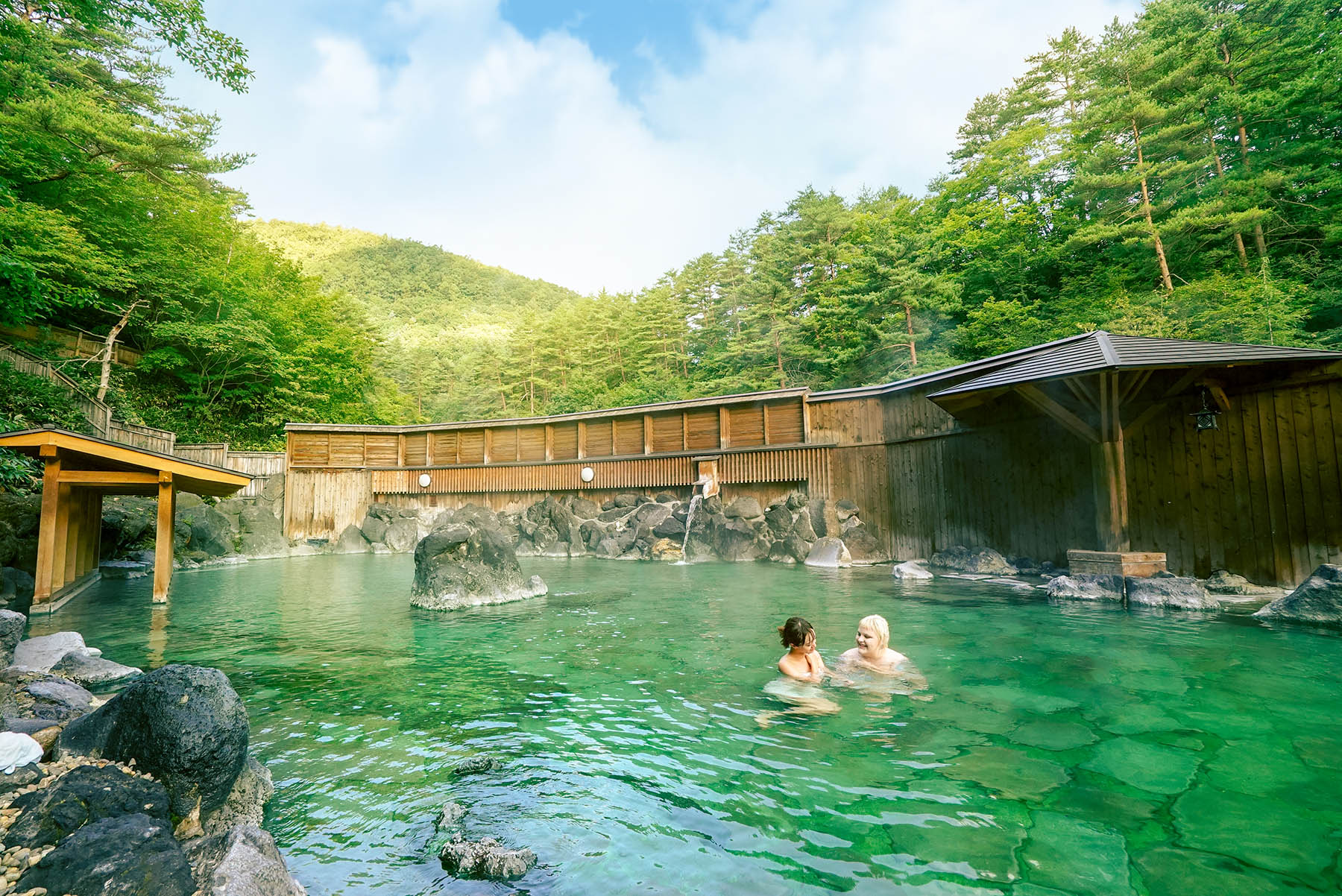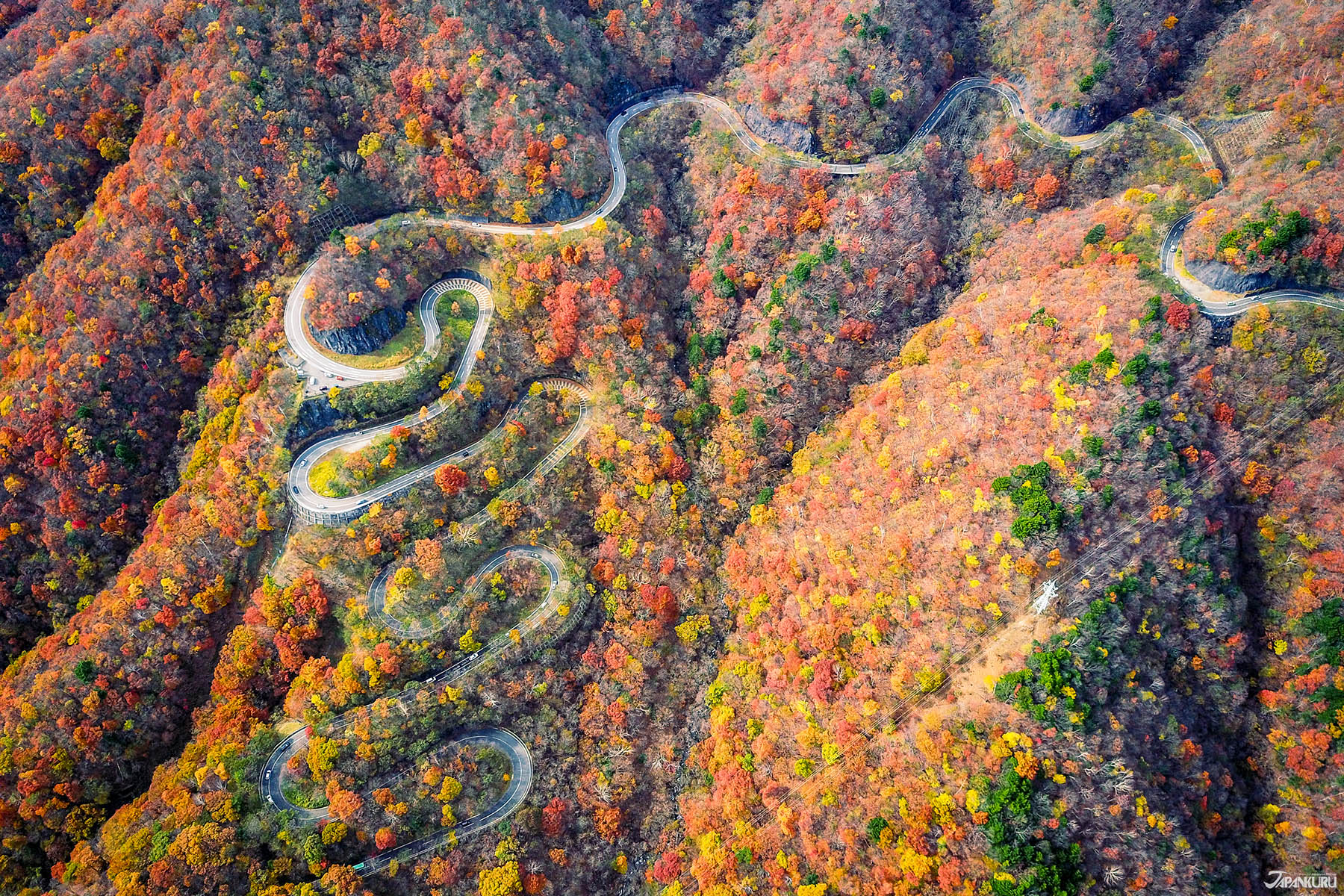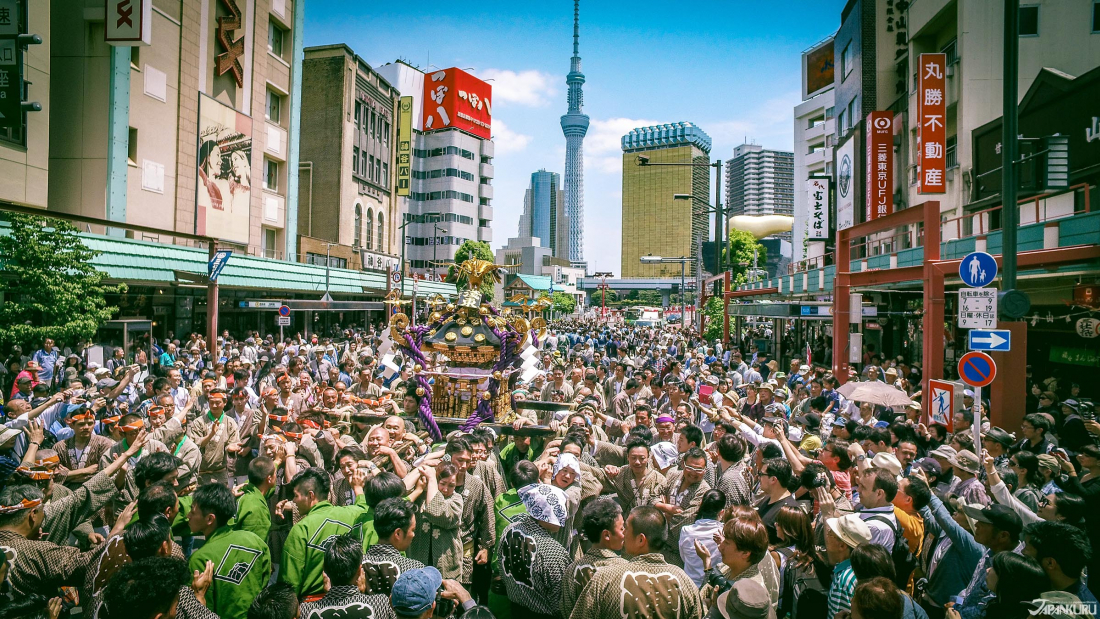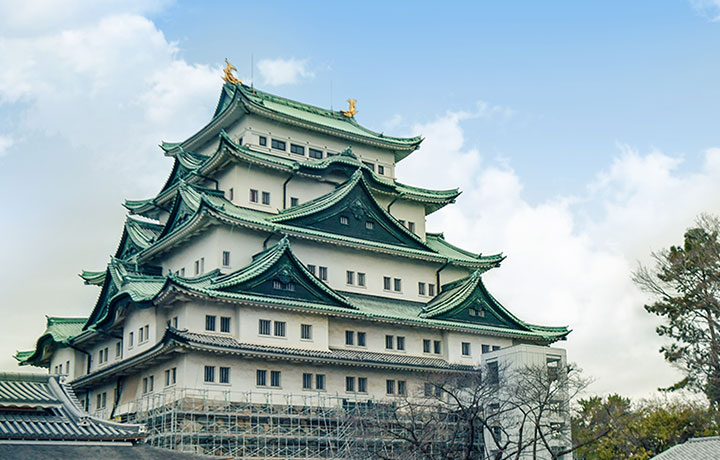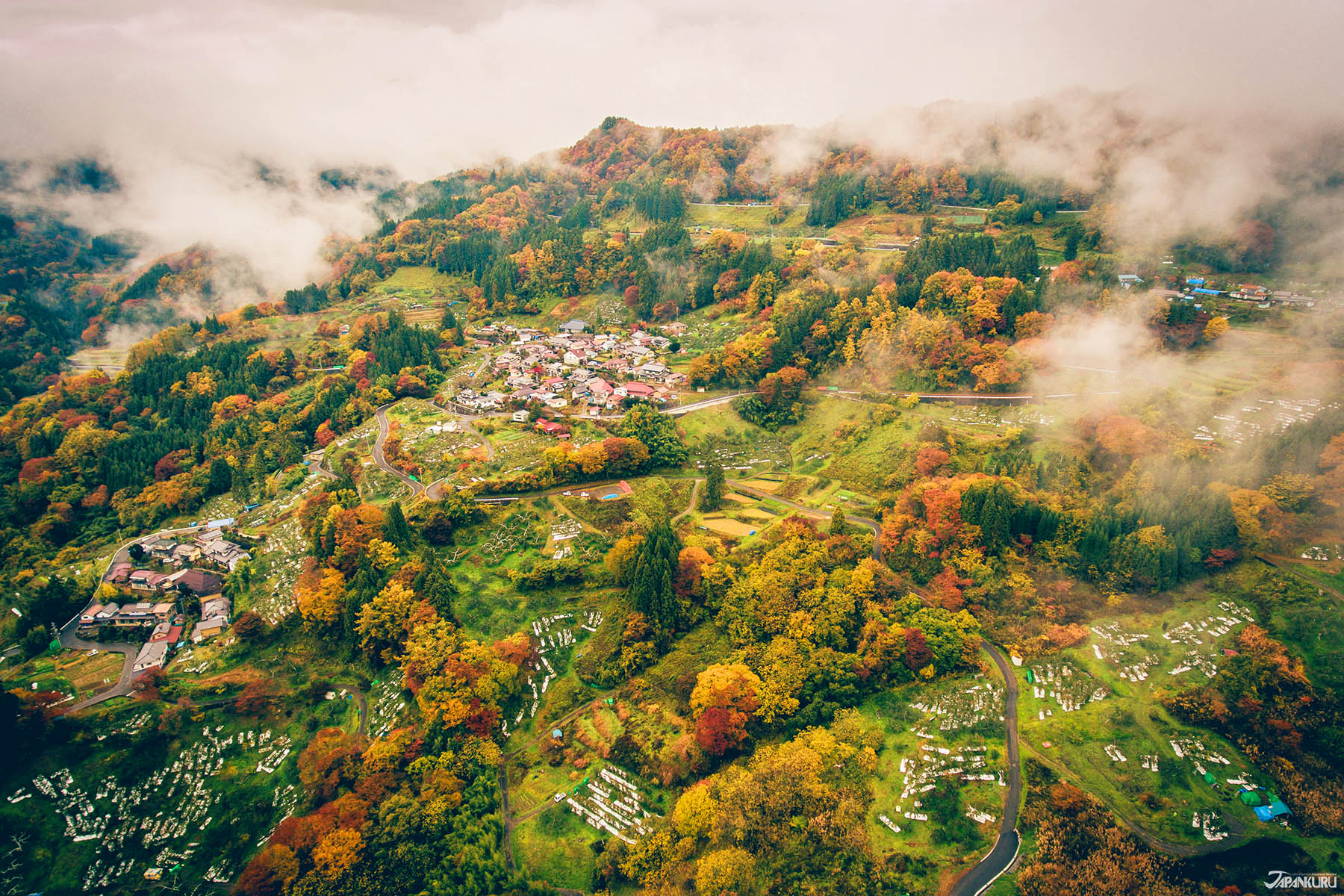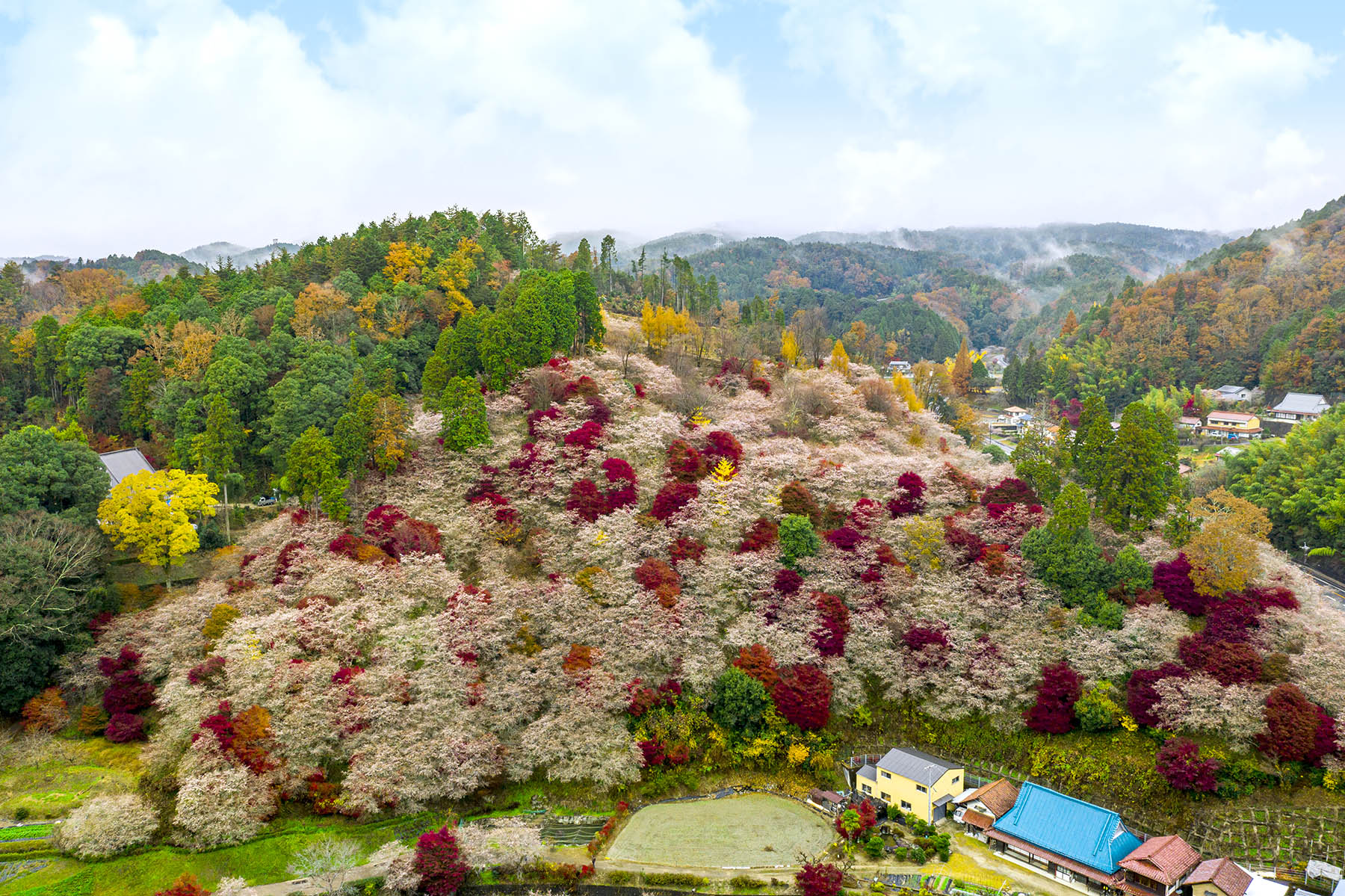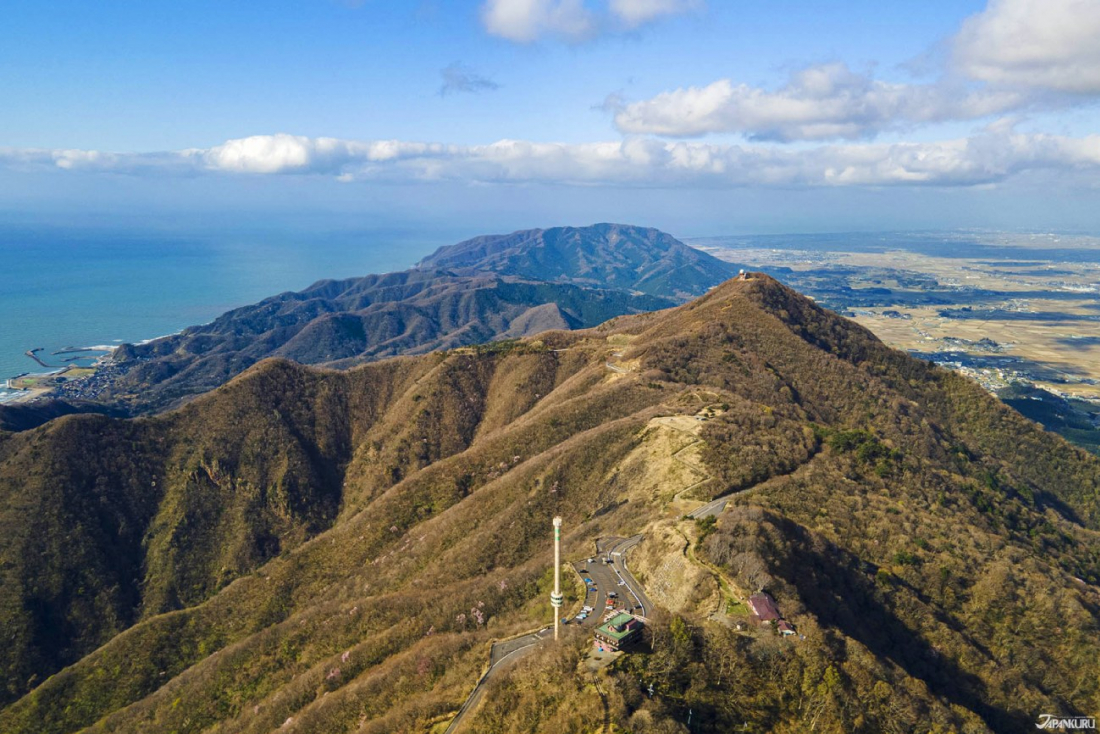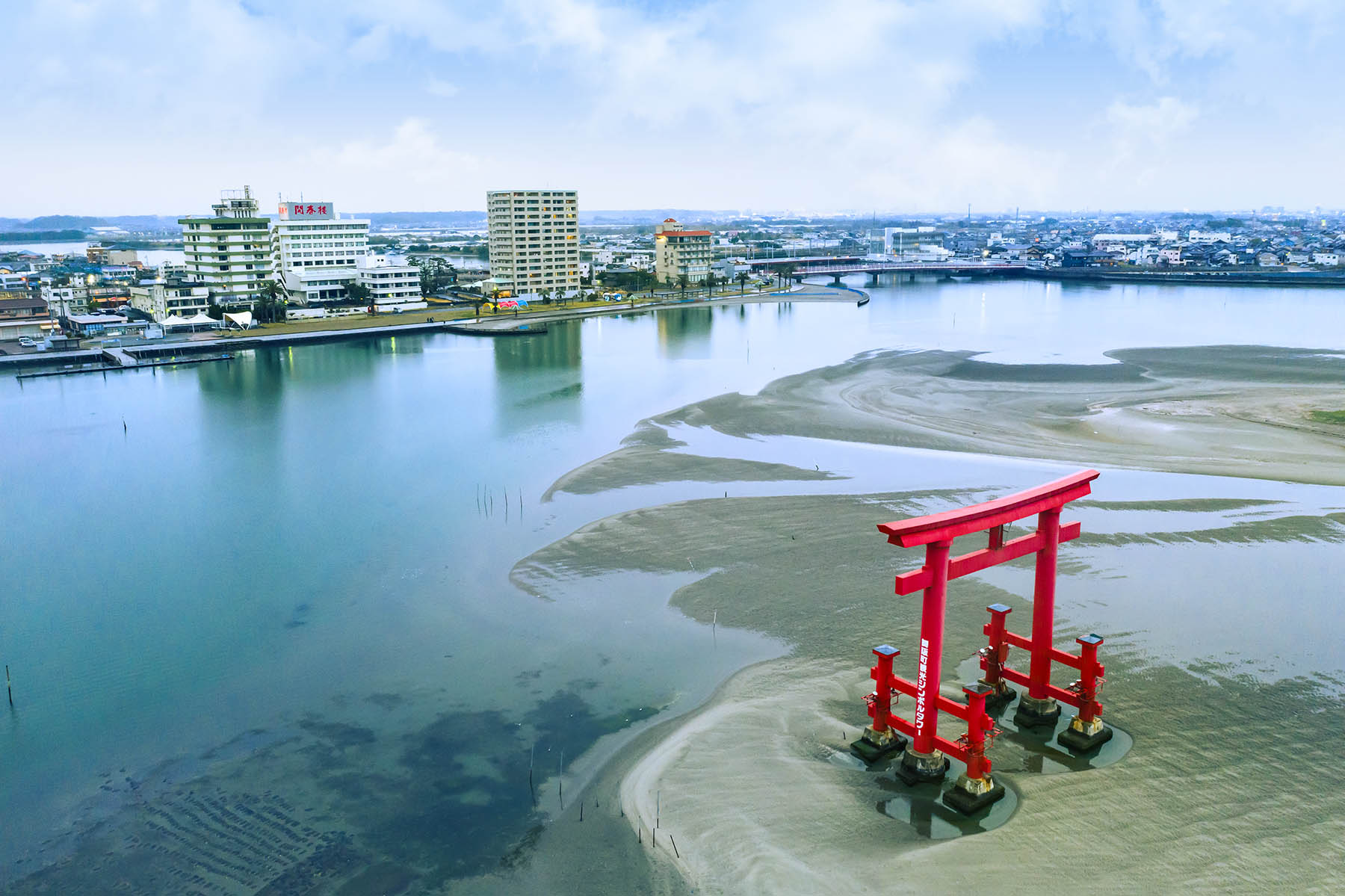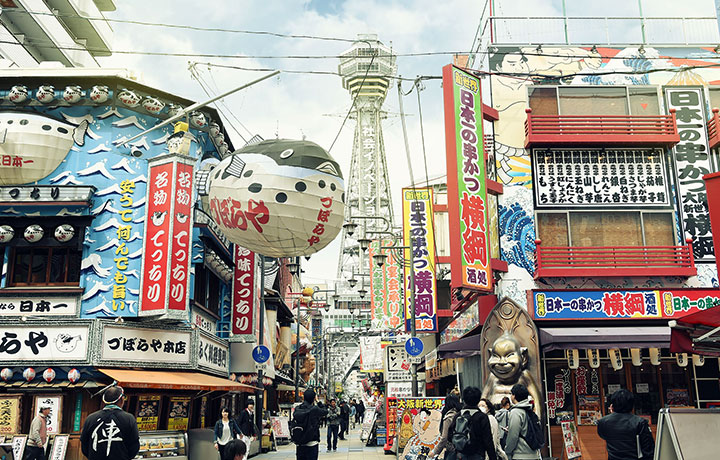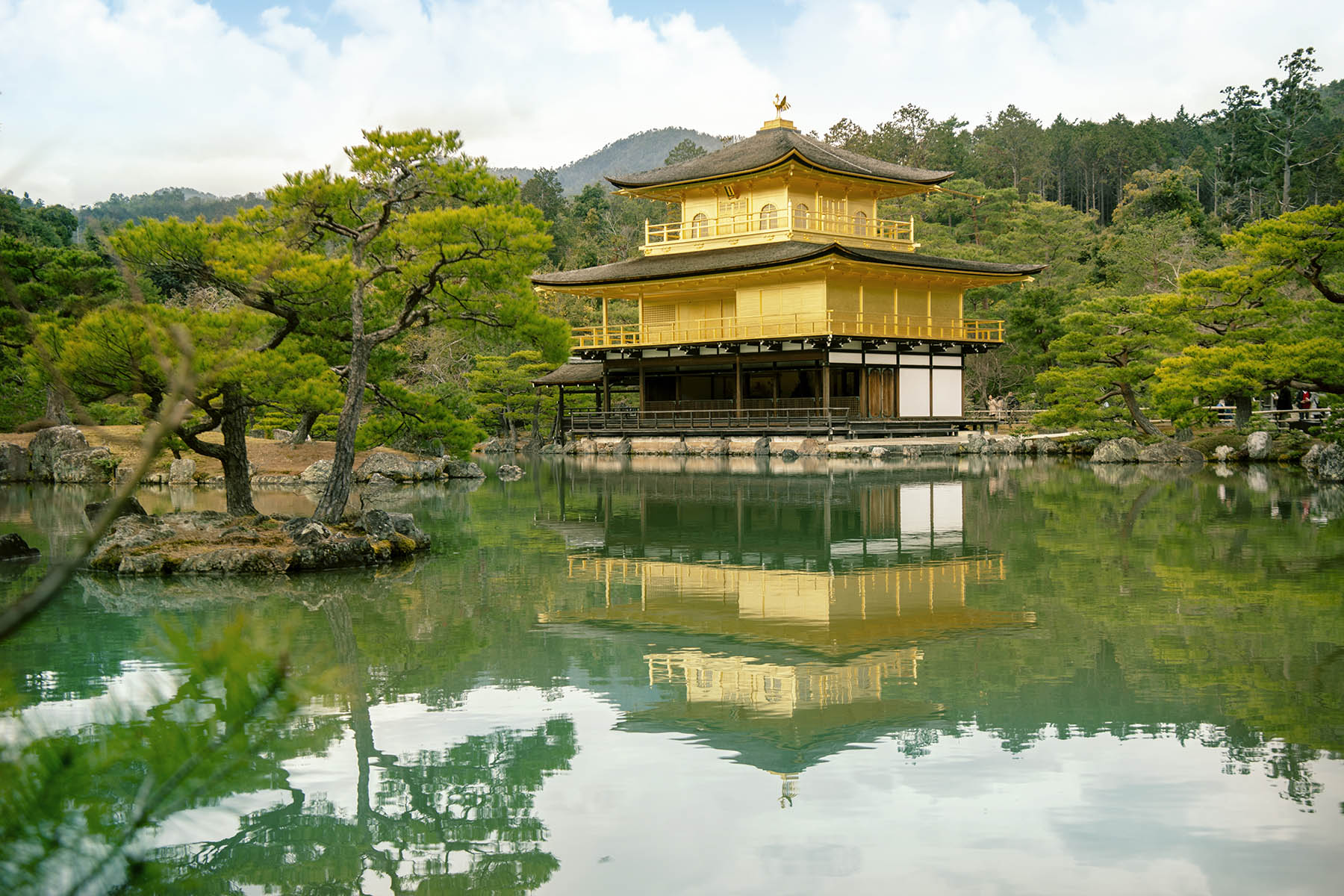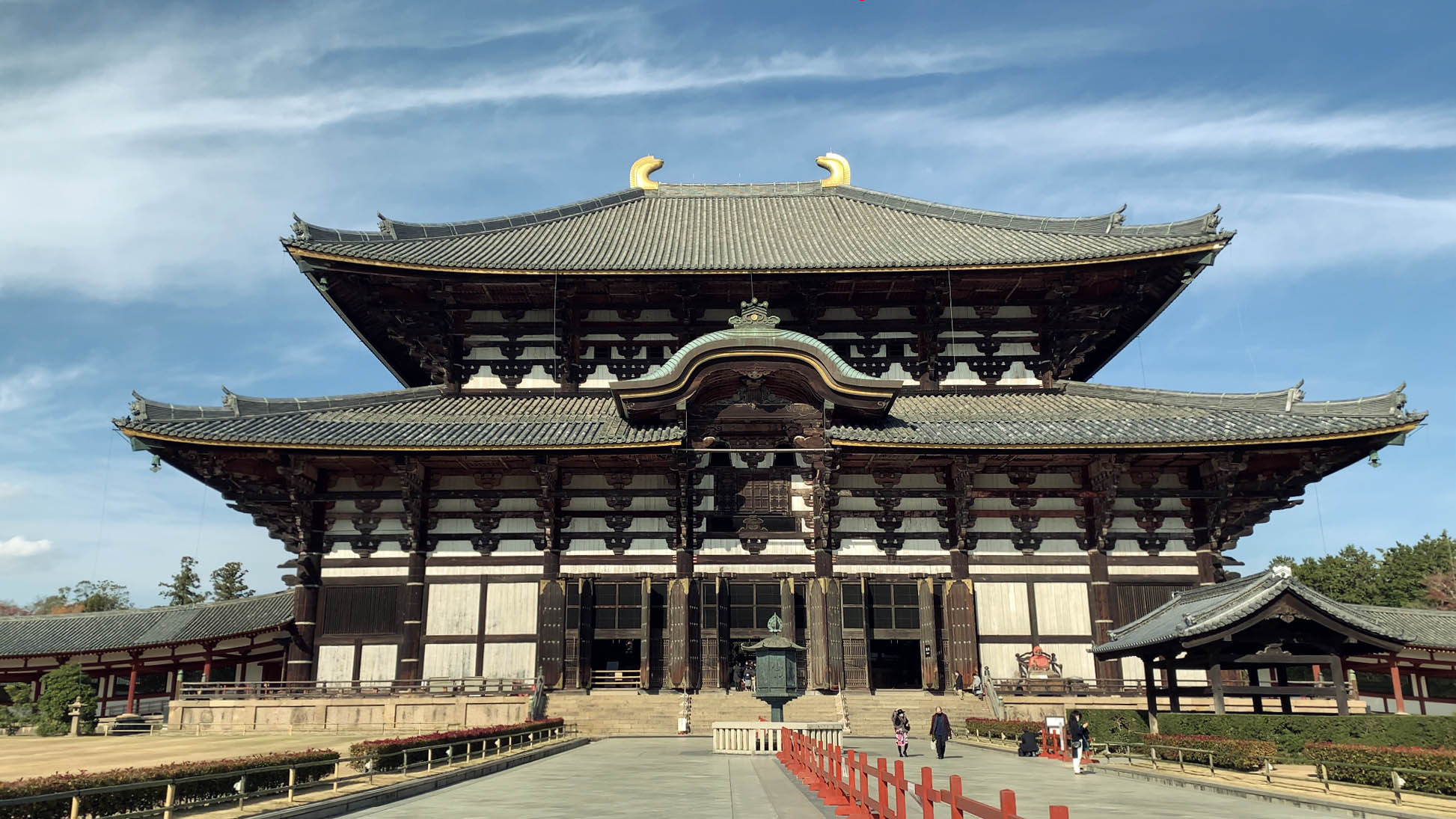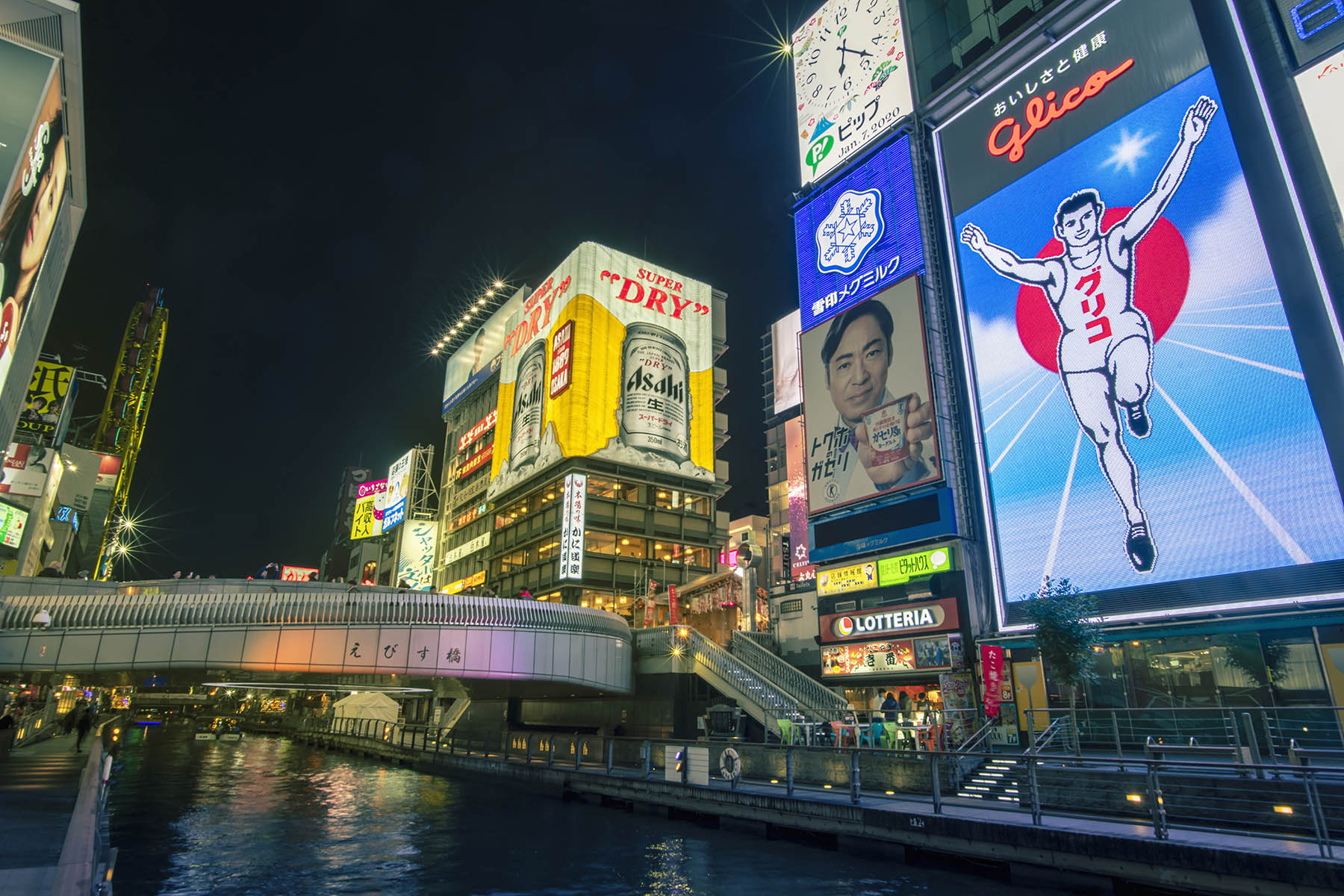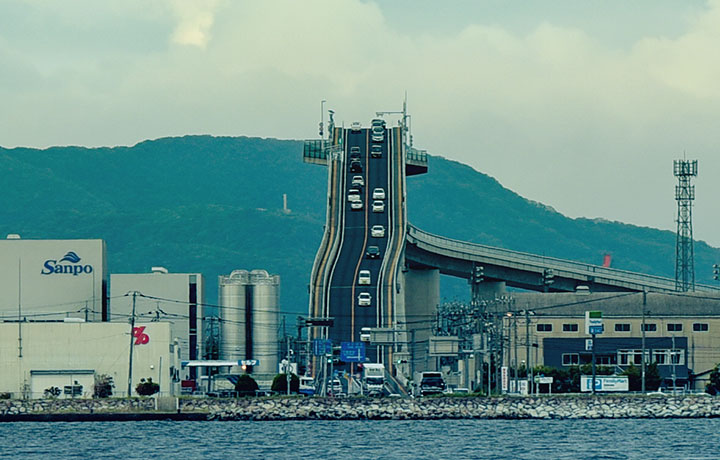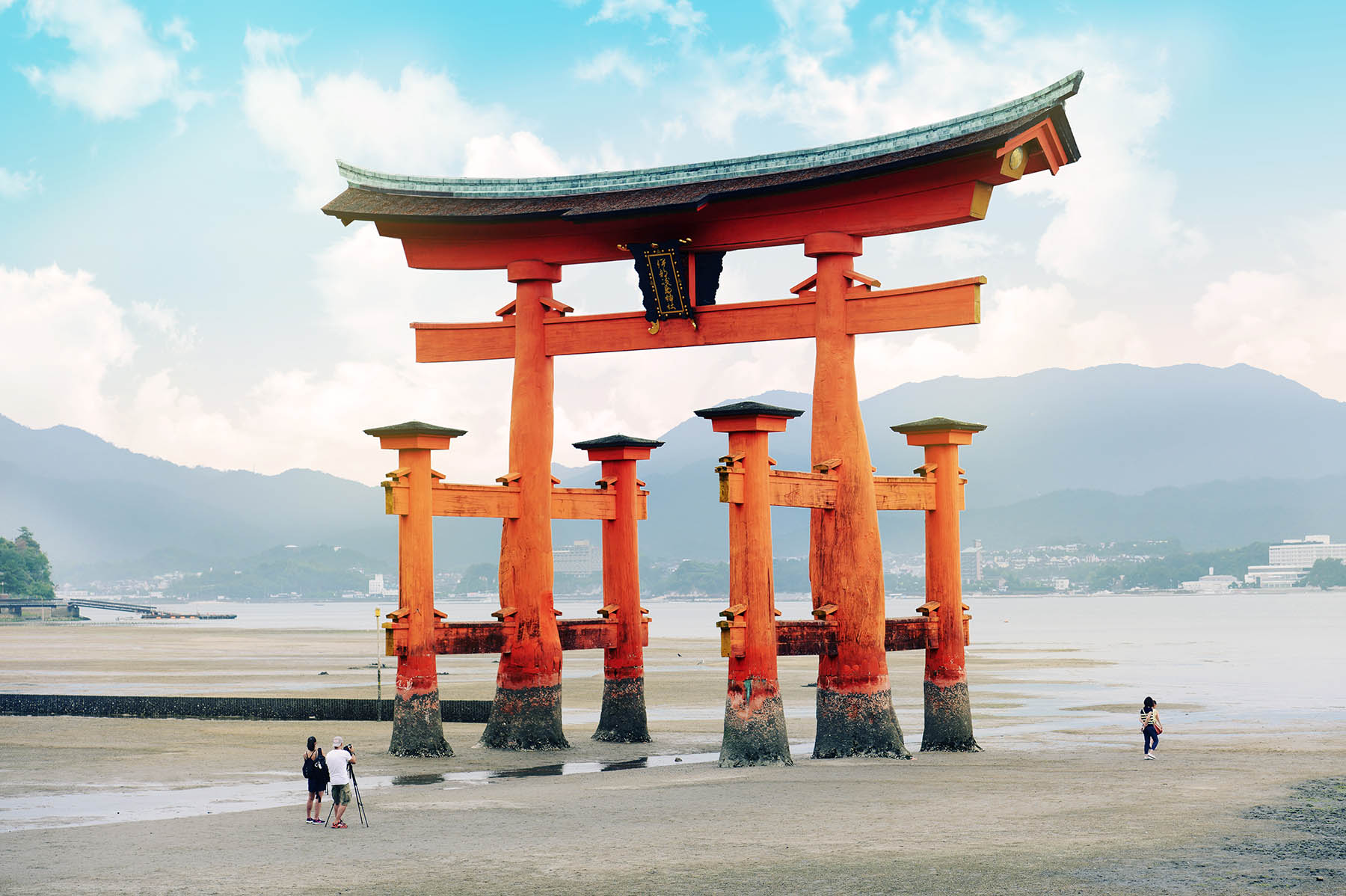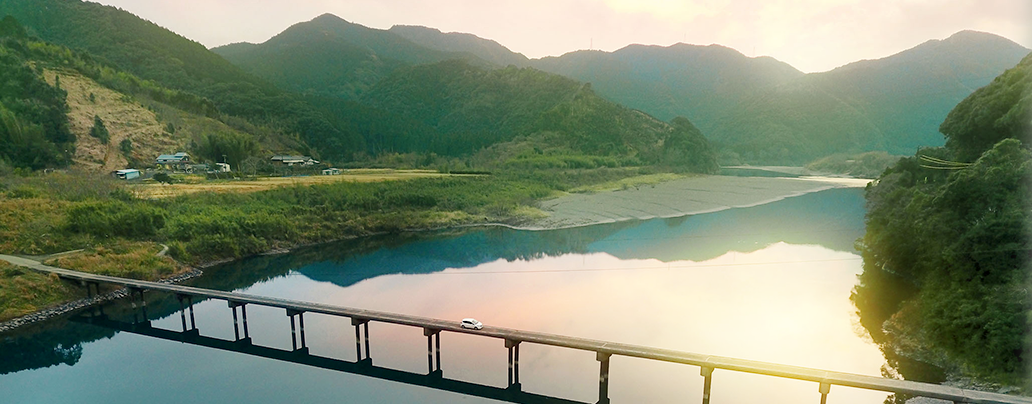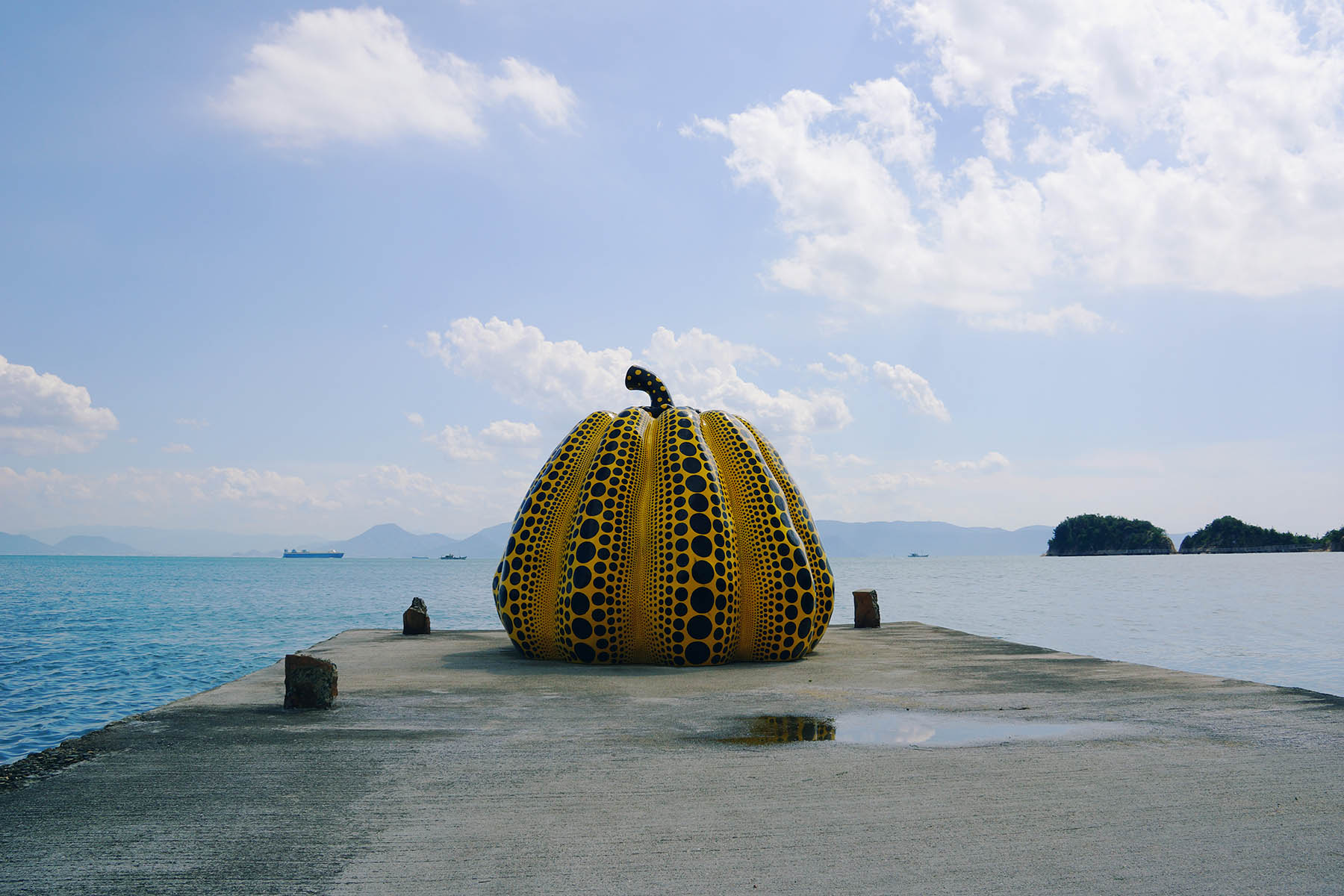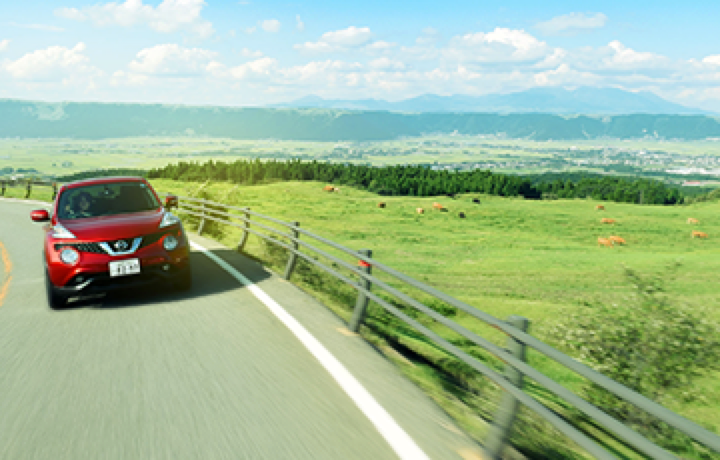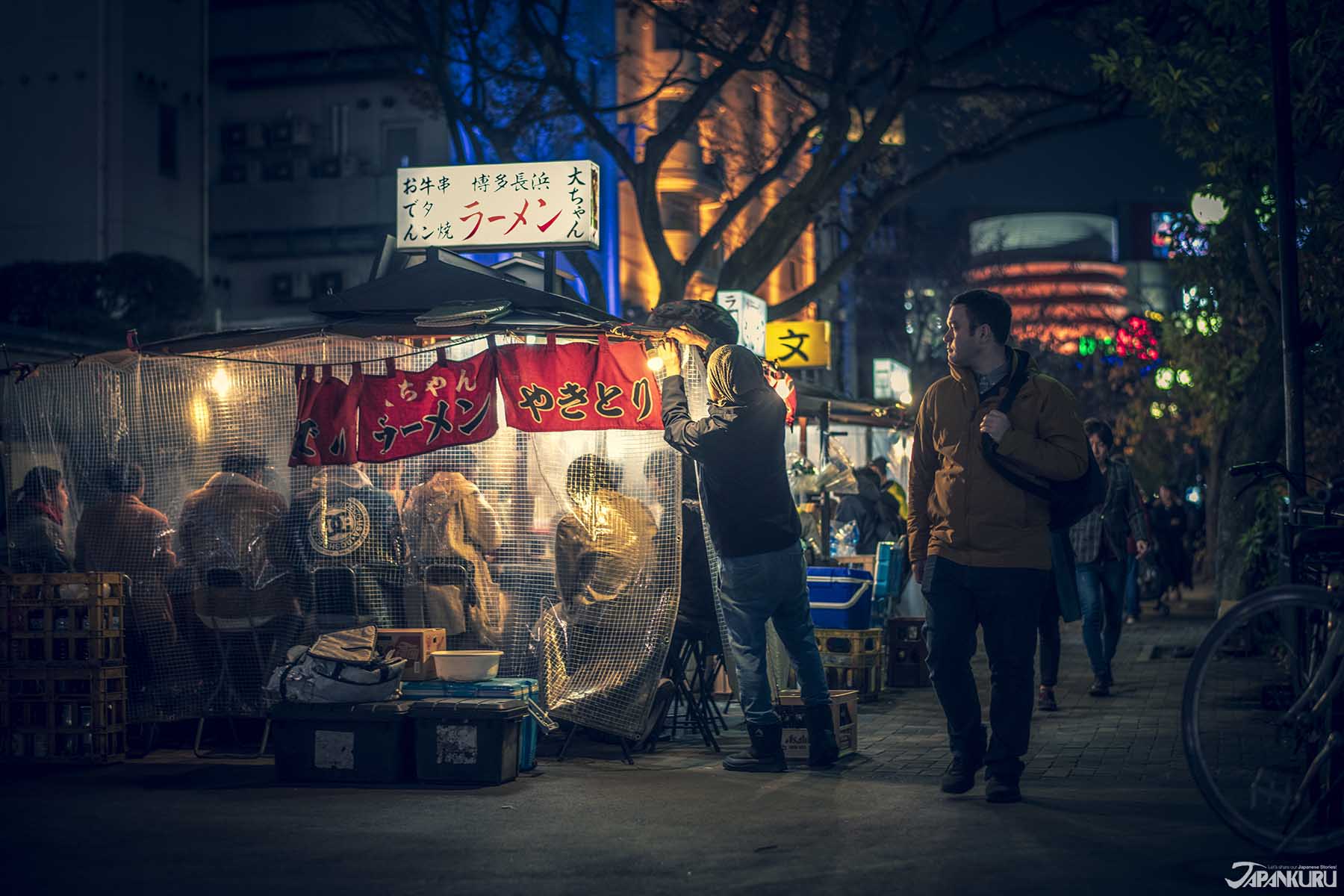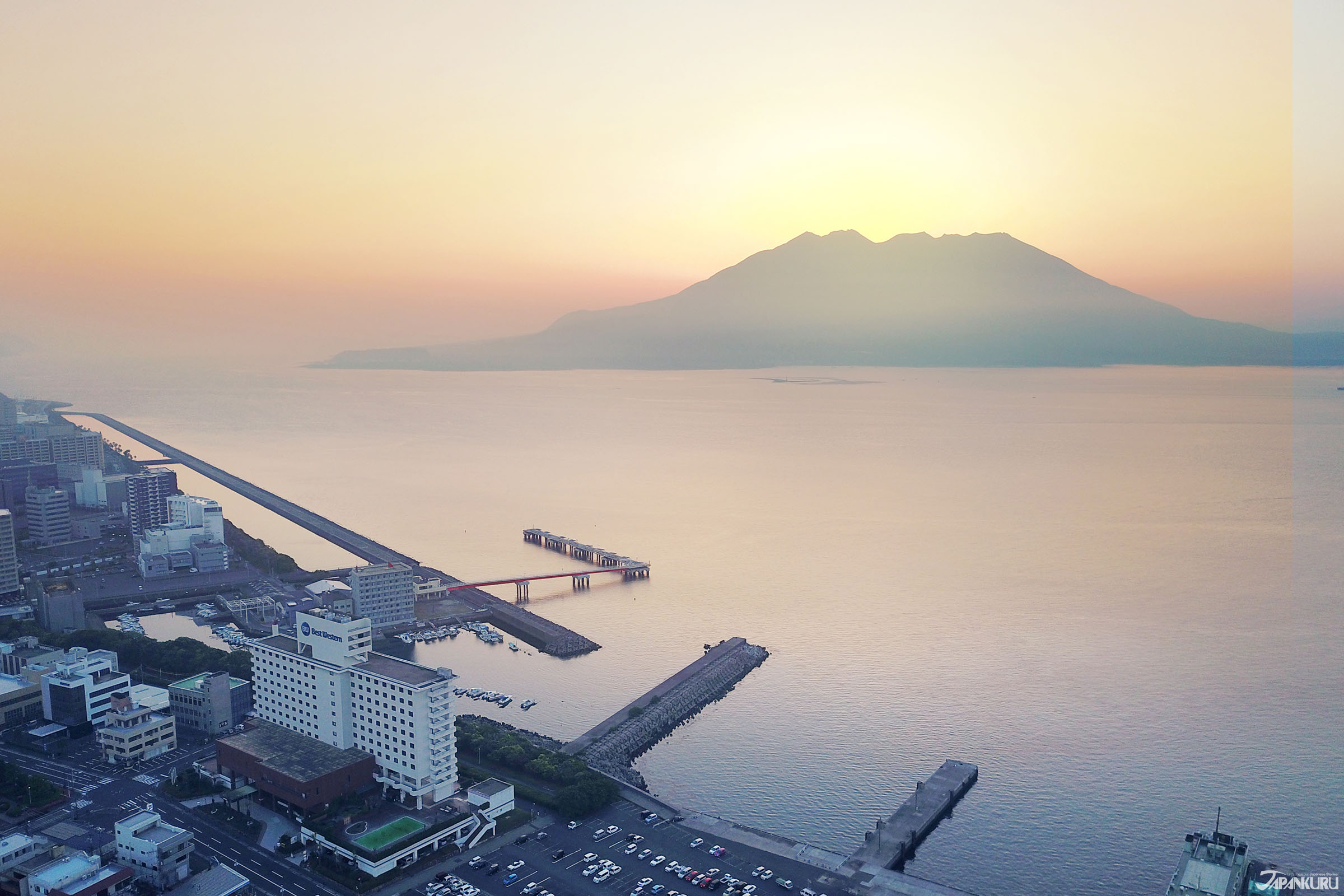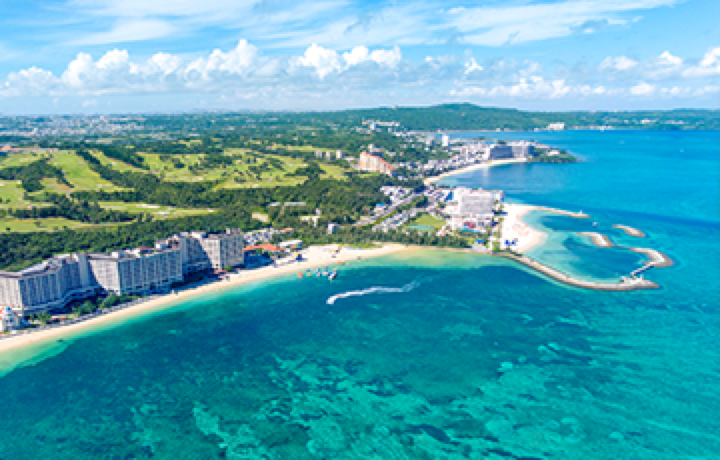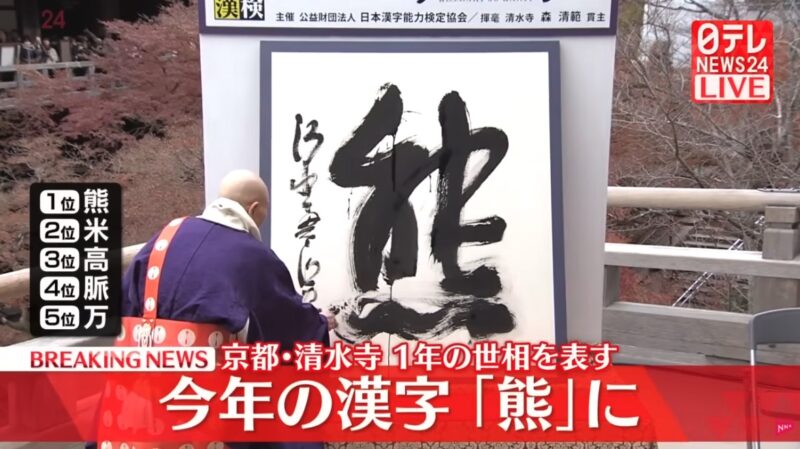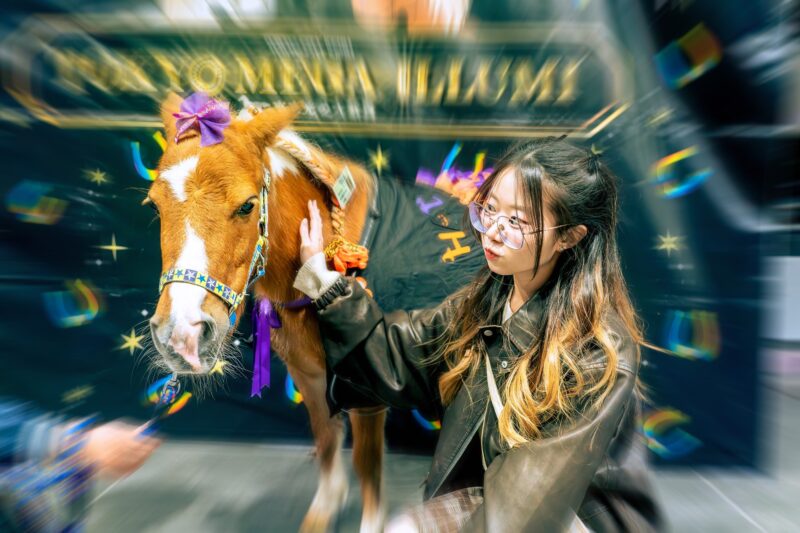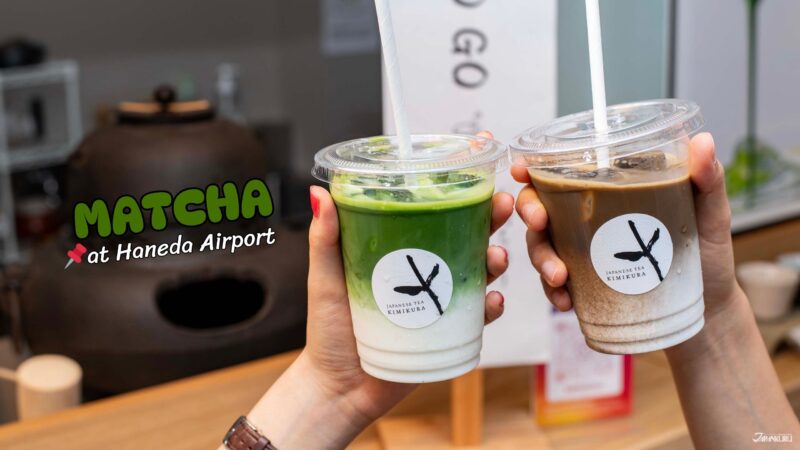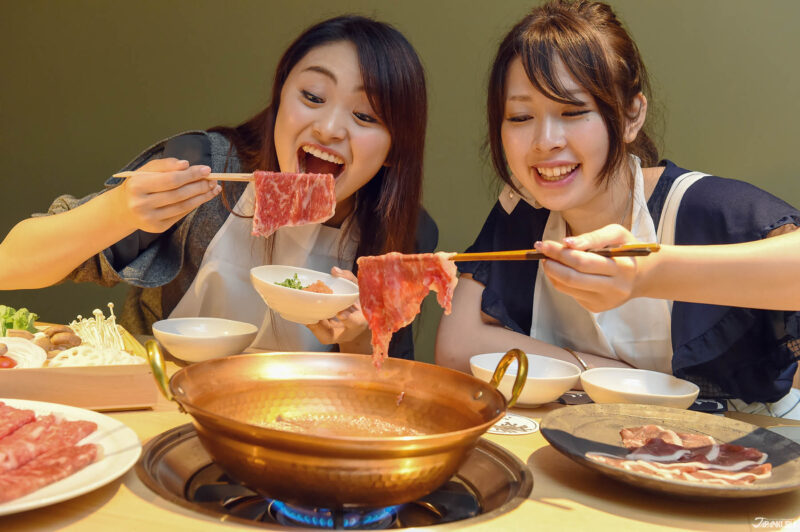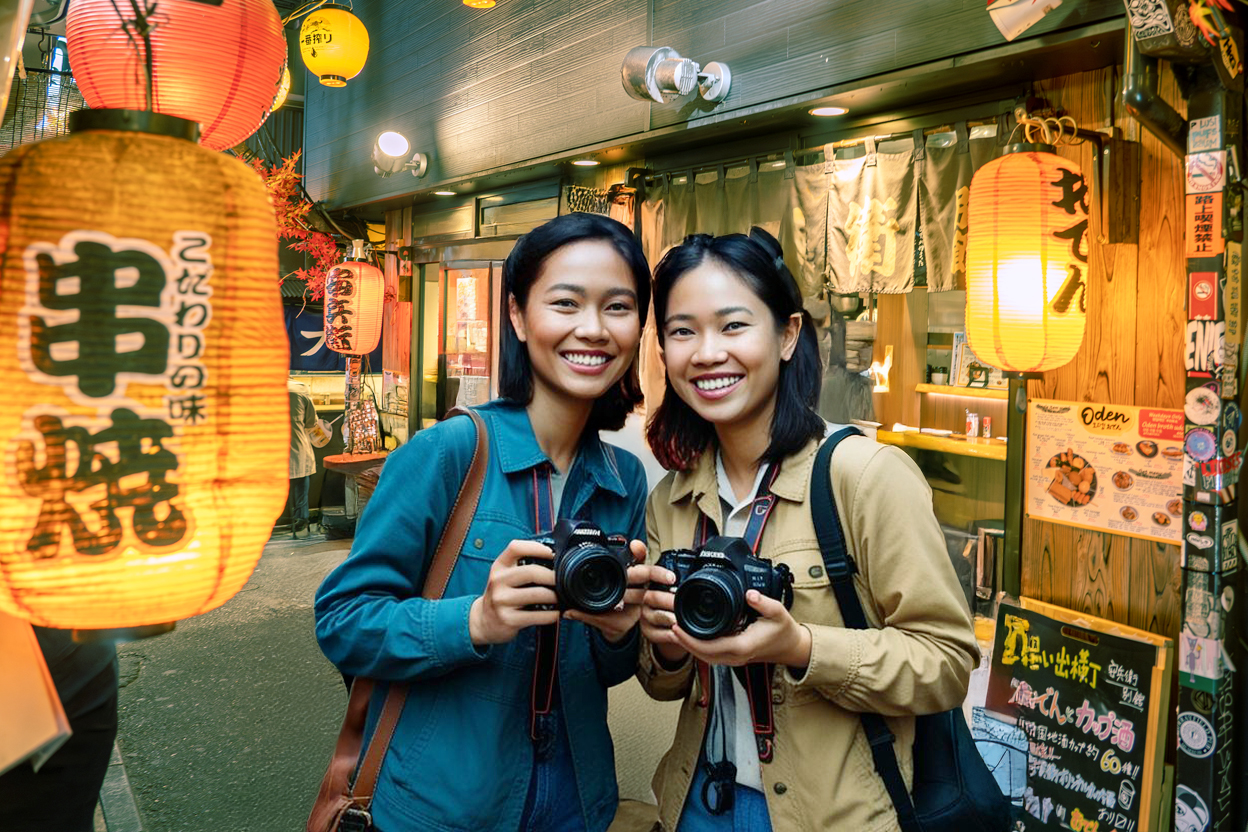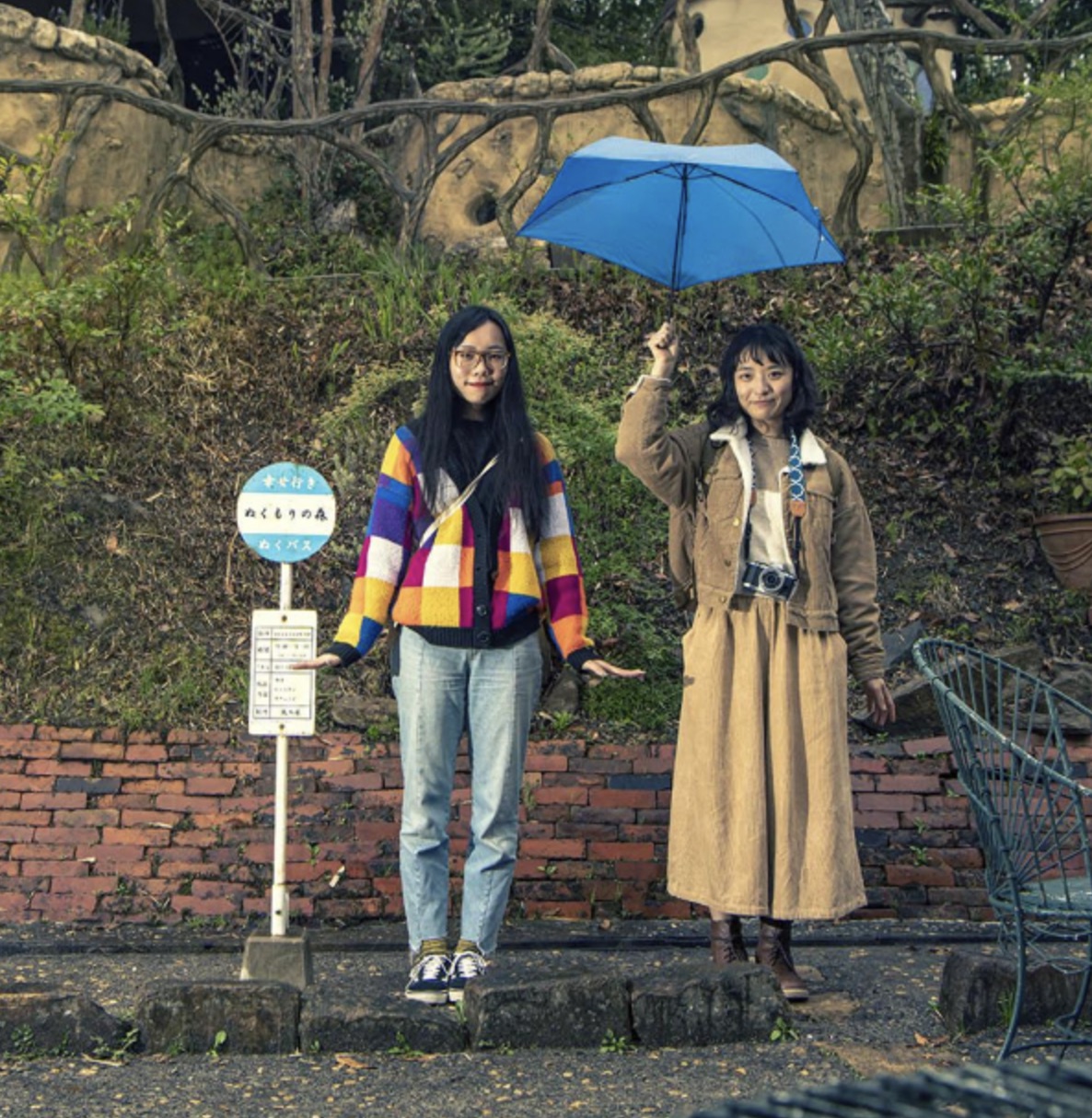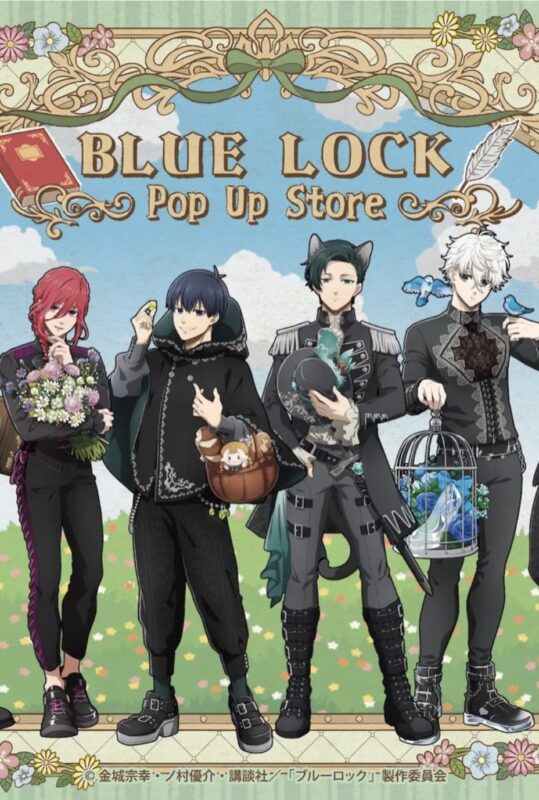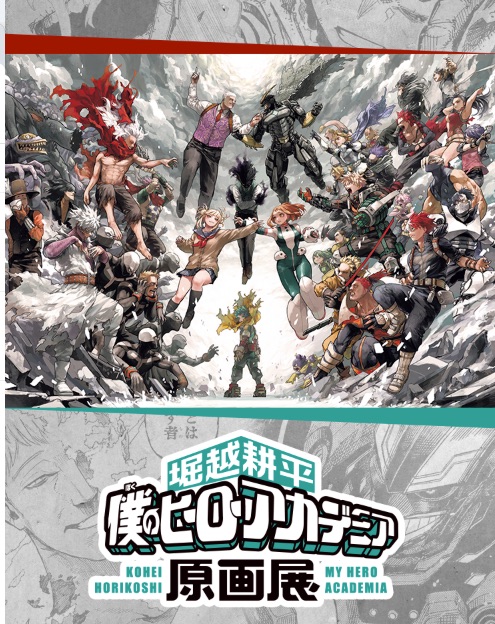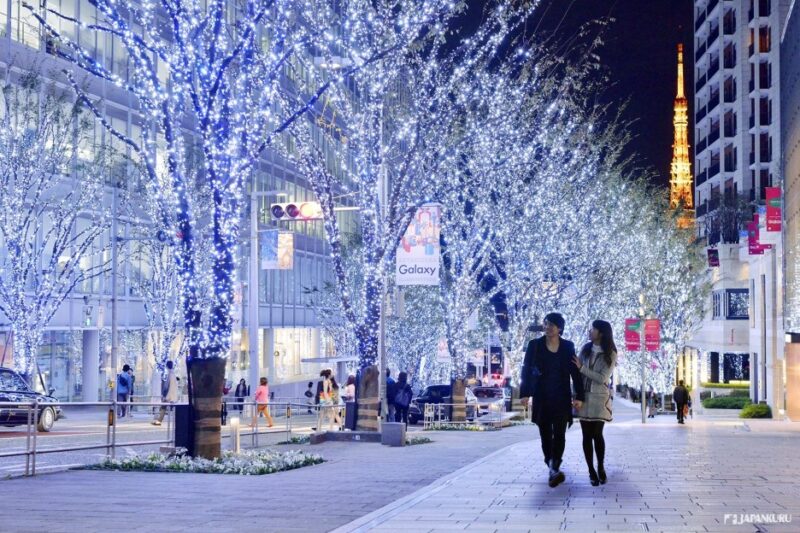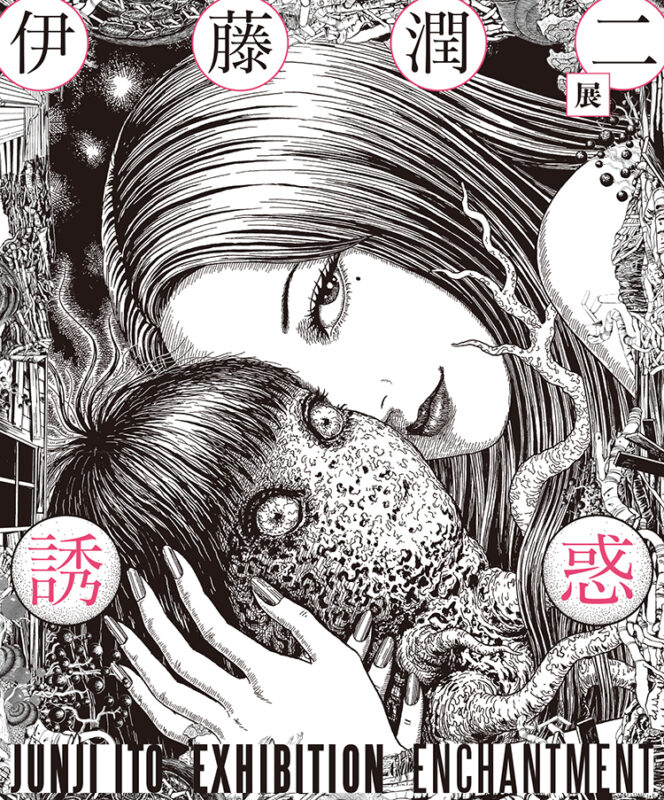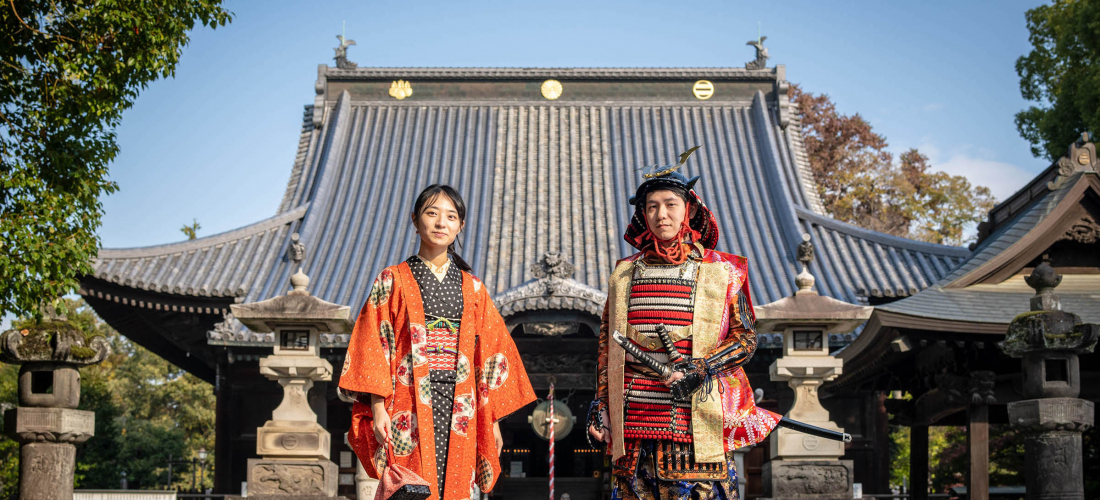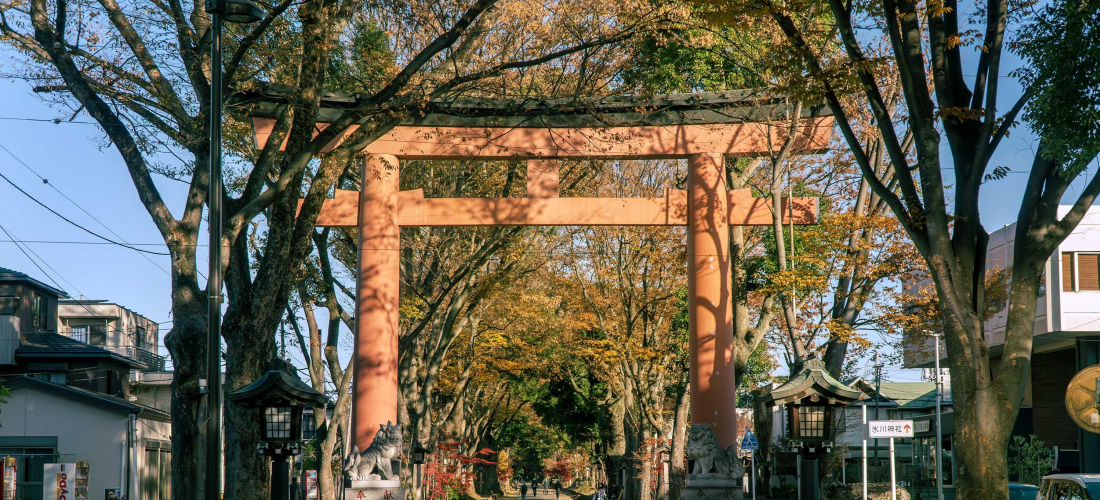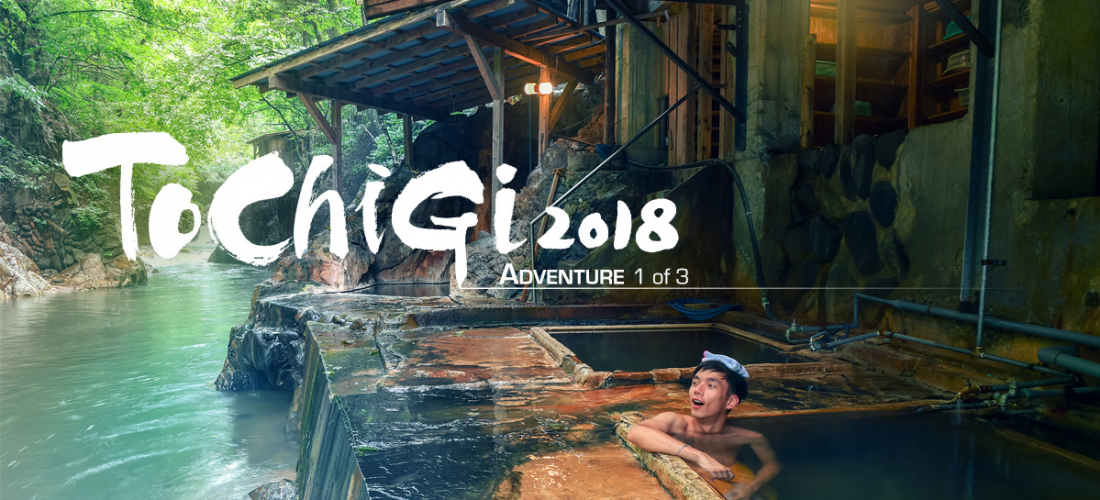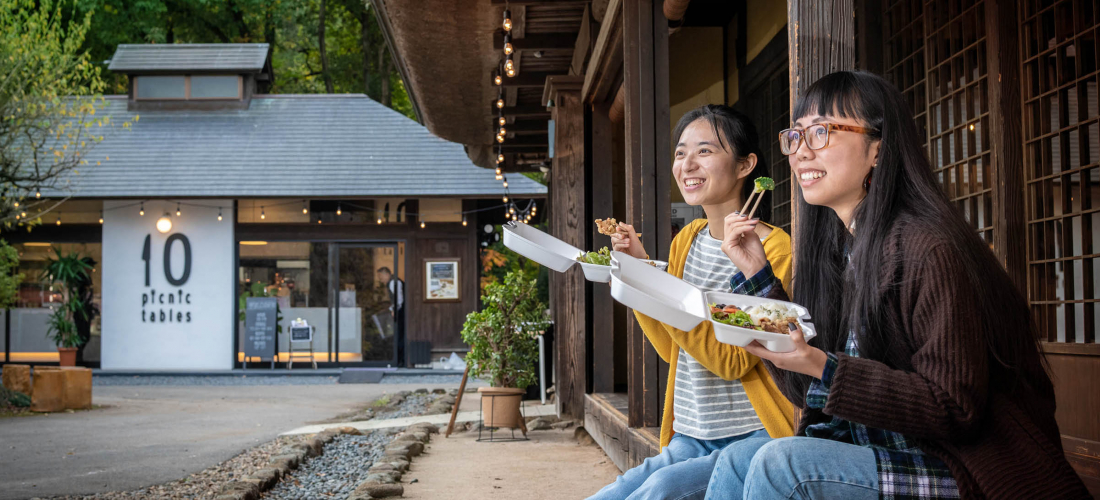
Even more of southern Tochigi!
栃木市
In the city, there is the Uzuma River (巴波川). In the Edo period, the Tochigi City area used to be an important port for water transportation. On land, it was also a passage for lords from Western Japan traveling to Nikko, so it has been prosperous as a commercial city with the name of "Little Edo". Many Kura Street (蔵の街) houses and businesses from the Edo period to the Meiji period have been preserved in the city and was awarded the "Beautiful Town Street Award" among 100 other stuffing Japanese cityscapes.
A Place to Stay That's Roughly 200 Years Old
Located in the middle of Kura Street (蔵の街) in Tochigi City, is an old hotel (a Japanese ryokan) with a history of more than 200 years. As soon as you go through the doors, you can the decor still remaining from long ago along with the hotel lady will have a friendly smile, which makes people feel like they are coming home. Depending on the type of room, some have separate toilets and bathrooms, some have only toilets, and some have only sinks. Of course, there are public baths and washrooms in the hotel, but because they are more family-style, there is no distinction between men and women. Breakfast is a lavish Japanese-style meal.
The building has an Edo style warehouse feeling.
The rooms are very old traditional Japan with tatami flooring, futons, and sliding doors.
Breakfast is also a traditional Japanese-style meal with different sized dishes.
✴Kanahan Ryokan (かな半旅館)
Google Maps
Official website
Walking around an Old Edo Street
Here you will find lots of Edo period buildings and warehouses. The atmosphere is somewhat similar to Kawagoe, but it isn't just a street with old buildings there are plenty of traditional Japanese stores that you can pop into like making traditional Japanese confections "wagashi" (和菓子). It has also been in many movies and TV shows, including the popular movie Gin Tama (銀魂). Kura Street allows people to experience Japanese culture more deeply.
Learning to Make Japanese Confections Wagashi
Located in the middle of the street, the old-fashioned shop "Yamamoto Honten" (山本総本店) was founded in the 25th year of Meiji. It is located in the workshop opposite the sales outlets and has opened a wagashi hand-made classroom, which is guided by a staff of decades of experience. Depending on the season, the type of wagashi you make is different. The cost is 1500yen, which allows you to make two different sweets for about a 50min course. Learning about professional production props, exquisite kneading techniques, and professional demonstrations by the masters is really a rare experience. If you are interested, remember to make an appointment at least two days in advance.
They first demonstrate the technique and what to do to everyone. Just watching it was interesting in its own.
The confectioner has decades of experience which explains why he can do everything with such ease.
While making your wagashi, the teacher kindly guides and assists you from the side.
And this is the finished product we made!
Opposite of the "wagashi making room" there is a store inside Yamamoto's main store where you can buy some of the master's handmade wagashi as gifts.
The same wagashi we made is also sold inside the store. It's fun to compare the two.
✴Yamamoto Kashi (山本総本店 和菓子作り体験)
Google Maps
Official website
Also along Kura Street (蔵の街), there is a building with large goldfish painted on the wooden sliding doors that we were sure wasn't open to the public. First opening in the 22nd year of the Meiji era (1889), this building is a public bath named Tamagawa no Yu (玉川の湯), but due to the goldfish painting in the front people also call it "Goldfish-yu". After the reconstruction in 28th year of the Showa era (1953), the bathhouse hasn't changed a bit. Even the water in the bath is still heated by firewood. You can rent a towel for free, along with shampoo, conditioner, soap, toothbrush, razor, etc are also on sale so coming empty handed isn't a problem. What threw us back was the skateboard/bike ramp upstairs! For 500yen you can take a bath and use the ramp upstairs, otherwise, you just need 300yen for the bath.
It looks like just an old building that is boarded up but you can actually go in.
For not changing since 1953, everything is still in really good shape.
The water in the bathhouse is still kept warm by an old wooden stove.
How a skateboard ramp and a bathhouse joined together is beyond us.
✴Tamagawa no Yu (Goldfish-yu) (玉川の湯 (金魚湯))
Google Maps
10min walk from Tochigi Station
⏰11am~11pm
Closed: Wednesdays
💴Adults 350yen, Children (age 6~12) 150yen, Age 6 and below 80yen
Taking a Boat Ride along Little Edo's Uzuma River
As a distribution center for materials in the Edo period, the Uzuma River along Kura Street was always filled with boats like the "bekabune" (部賀舟). At that time, there were many shipyards and wealthy merchants on both sides of the river. The Kuranomachi Pleasure Boat Agency introduces an entertaining and educational way of going down the river. On the way back, the oarsman sang a song about the Tochigi river bank. The river water is so clear you can even see many koi and other fish swimming along with some cute ducks. The cruise costs 700yen for adults, and for those who brought their doggy friend(s) they can even come on board too!
Along the boat ride we a detailed explanation and history lesson about the area.
It was really nice to get to see some of the hidden buildings in a different type of way.
✴Kuranomachi Pleasure Boat Agency (蔵の街遊覧船)
Google Maps
⏰March~Nov. 10am~4pm
Dec.~Feb. 10am~3pm
Closed: New Year's and during bad weather
💴Adults 700yen, Children (Elementary school) 500yen, 1 years and under free
Bringing a dog aboard 100yen
Official website
Afternoon Tea in a Building Built during Meiji Era
Checking out the northern area Kura Street (北蔵), we came across a cafe that specializes in all hand-made pastries that have their own unique taste. The most popular items are Kitakura Roll (北蔵ロール) (350yen) and their thick pancakes (厚焼きホットケーキ) (350 yen), and if you order a drink they take off 100yen.
The Kitakura cafe Higano along Kura Street is a good place for travelers to take a break.
The first floor once you walk in.
The second floor.
The Kitakura Roll (北蔵ロール) (450yen), is dense, creamy, and not overly sweet with "Kitakura" written on top.
Their thick pancakes (厚焼きホットケーキ) (450 yen) is served hot and jiggly.
✴Kitakura cafe Higano (北蔵カフェ ひがの)
Google Maps
⏰10am~5:30pm
Closed: Thursdays
Official website
下野市
The area of Shimotsuke City has rich historical and cultural traits. During the Asuka and Heian period (from 538 to 1185), the area played a central role in eastern Japan as the cultural core, leaving ancient heritages such as haniwa (埴輪) (clay figurines buried with the dead) of the Kabutozuka Kofun (甲塚古墳), Shimotsuke Yakushi-ji Temple (下野薬師寺跡), and more. Shimotsuke City is still the third largest city in Tochigi Prefecture and one of the most beautiful places to see cherry blossoms.
A Cafe in a Park Filled with Folk Takes
Inside Tenpyo no Oka Park is an old private house cafe "10 picnic tables" that you can relax while being surrounded by nature. You can choose to eat at one of their seating arrangements outdoors or at the old house next door to eat indoors, or take some of the food to go and have a picnic! This park is also famous for being one of Tochigi Prefecture's best cherry blossom spots, so if you come during April you will have a beautiful sight.
The building of the ancient house cafe "Before Dawn (夜明け前)" was originally a farmhouse in the late Edo period and was later used as a folklore museum.
There are no actual meals or drinks sold here. You need to buy them from 10 picnic table next door.
There are no seats at 10 picnic tables store on the side, so you buy something and want to eat in, guests can go directly to the old house.
In addition to cooked dishes, there are some small nibbles to choose from as well.
You can even get a lunch set with a drink for 1000yen.
✴Ko Minka Cafe 10 picnic table (古民家カフェ 10 picnic table)
Google Maps
⏰11am~5:30pm
Closed: Thursdays
Official website
A Hidden Fairy Tale Forest
Shimotsuke City isn't only a place of beautiful trees and trails but also filled with European-style houses and gardens. From Showa era, Ishibashi-cho (石橋町) in Shimono City became a sister city with the village of Steinbrucken in Germany. It was there Steinbrucken Village met with Hessen, which is where the Grimm brothers are from resulting in the creation of the Grimm Forrest "Grimm no Mori" there are mysterious Grimm brotheresque trees, a golden goose fountain, and more. The Grim no Kan building, which houses a multipurpose hall, is based on the Röttingen government building. Inside are collections related to the Brothers Grimm's fairy tales from all around the world.
The exterior walls are brick and tile, and all of the lighting and other fixtures are German products.
A chocolate-like cottage, beware what's inside!
There are all sorts of areas in the "forrest" that makes you feel like you are in a fairytale.
Some really great things available at the gift shop.
On the second floor of the building, there is a coffee shop with a lot of books related to Germany that have been donated by local people.
✴Grimm Forest (グリムの森)
Google Maps
⏰9am~7pm
Closed: Tuesdays, the end of the month, New Year's
Official website
小山市
There are many rivers flowing through the east and west sides of Oyama City, which makes the city rich in water resources, and achieving good development of agriculture, industry, and residential businesses. Then in the northern part of the city has been a silkworm producing area since ancient times. The silk produced in the area is similar to that in Yuki City, Ibaraki Prefecture called "yuki tsumugi". Developing from earlier silk techniques yuki tsumugi was adopted in 1602. It has been designated as one of the Important Intangible Cultural Properties of Japan, and has also been inscribed on the UNESCO Representative List of the Intangible Cultural Heritage of Humanity.
The yuki tsumugi technique is employed to produce a light and warm material with a characteristic stiffness and softness, traditionally used to make kimonos. The silk floss for the yarn in yuki tsumugi weaving is produced from empty silkworm cocoons. This recycling process plays a significant role in supporting local sericulture communities. In the super famous anime "Your Name" (君の名は), there is a scene where the main high school girl Mitsuha and her family are weaving traditional knots, a Japanese form of braid-making known as "Kumihimo" (組み紐). Well, that same sort of braid making weaving can also be done in the south part of Oyama. You can choose between making a bracelet or charm, decide the colors of the thread you want to use, and complete the work under the guidance of the staff.
The three-generation owner Mr. Watanabe explained everything to us.
Almost finished!
And we are done!
Depending on the number of thread used, all sorts of patterns can be achieved.
✴Mamada Himo (間々田ひも)
Google Maps
⏰10am~7pm
Closed: Mondays, and Tuesdays when Mondays are national holidays
Official website
Tochigi Original Sake
As mentioned above, due to Oyama having such good water resources, it only makes sense that there would be some distilleries. For example, the old sake distillery Nishibori Shuzo Sake (西堀酒造), which has been established since the Meiji era. It uses the local soft and hard water to make a series of unique Japanese sake. The classic series "Mongai Fushutsu" (門外不出) is loyal to its name and insists on local manufacturing which makes it not available in other parts of Japan. You can visit the sake distillery for only 300yen and you will get to see the process and get to drink the freshly made sake. You need to make an appointment beforehand so be aware of that!
Before going in, you need to put on a hairnet and shoe covers than get detailed explanations of the factory and sake.
The first transparent bins in the Japanese sake brewing industry which makes it easier for the sake makers to observe the fermentation status.
At the end of the tour, you get to taste some of their sake! In the hands of the six generation owner Mr. Miki, one of his pride sake's is Mongai Fushutsu (門外不出).
There is fruit liquor in the I My Me series. Comes in Japanese citrus (yuzu), strawberry, and Japanese plum (ume).
In addition to sake, there are other sake-related gifts in the store.
✴Nishibori Shuzo Sake (西堀酒造)
Google Maps
⏰8am~5pm
Closed: Sundays and national holidays
Make reservations here (Japanese)
Official website
After bidding farewell to the old sake distillery, we embarked on the way back home to Tokyo (we had a DD of course!). This time JAPANKURU introduced you to our two-day, one-night road trip of South Tochigi. We hope some of the places sparked an interest with you so that you can add it to your travel notes! Until next time!👋
Be sure to look at JAPANKURU🐶 for more exciting articles every day!!
Or add us on Instagram and Facebook to share your Japanese pictures💖🗾
COMMENT
FEATURED MEDIA
VIEW MORE 
A New Tokyo Animal Destination: Relax & Learn About the World’s Animals in Japan
#pr #japankuru #anitouch #anitouchtokyodome #capybara #capybaracafe #animalcafe #tokyotrip #japantrip #카피바라 #애니터치 #아이와가볼만한곳 #도쿄여행 #가족여행 #東京旅遊 #東京親子景點 #日本動物互動體驗 #水豚泡澡 #東京巨蛋城 #เที่ยวญี่ปุ่น2025 #ที่เที่ยวครอบครัว #สวนสัตว์ในร่ม #TokyoDomeCity #anitouchtokyodome

Shohei Ohtani Collab Developed Products & Other Japanese Drugstore Recommendations From Kowa
#pr #japankuru
#kowa #syncronkowa #japanshopping #preworkout #postworkout #tokyoshopping #japantrip #일본쇼핑 #일본이온음료 #오타니 #오타니쇼헤이 #코와 #興和 #日本必買 #日本旅遊 #運動補充能量 #運動飲品 #ช้อปปิ้งญี่ปุ่น #เครื่องดื่มออกกำลังกาย #นักกีฬา #ผลิตภัณฑ์ญี่ปุ่น #อาหารเสริมญี่ปุ่น

도쿄 근교 당일치기 여행 추천! 작은 에도라 불리는 ‘가와고에’
세이부 ‘가와고에 패스(디지털)’ 하나면 편리하게 이동 + 가성비까지 완벽하게! 필름카메라 감성 가득한 레트로 거리 길거리 먹방부터 귀여움 끝판왕 핫플&포토 스폿까지 총집합!
Looking for day trips from Tokyo? Try Kawagoe, AKA Little Edo!
Use the SEIBU KAWAGOE PASS (Digital) for easy, affordable transportation!
Check out the historic streets of Kawagoe for some great street food and plenty of picturesque retro photo ops.
#pr #japankuru #도쿄근교여행 #가와고에 #가와고에패스 #세이부패스 #기모노체험 #가와고에여행 #도쿄여행코스 #도쿄근교당일치기 #세이부가와고에패스
#tokyotrip #kawagoe #tokyodaytrip #seibukawagoepass #kimono #japantrip

Hirakata Park, Osaka: Enjoy the Classic Japanese Theme Park Experience!
#pr #japankuru #hirakatapark #amusementpark #japantrip #osakatrip #familytrip #rollercoaster #retrôvibes #枚方公園 #大阪旅遊 #關西私房景點 #日本親子旅行 #日本遊樂園 #木造雲霄飛車 #히라카타파크 #สวนสนุกฮิราคาตะพาร์ค

🍵Love Matcha? Upgrade Your Matcha Experience With Tsujiri!
・160년 전통 일본 말차 브랜드 츠지리에서 말차 덕후들이 픽한 인기템만 골라봤어요
・抹茶控的天堂!甜點、餅乾、飲品一次滿足,連伴手禮都幫你列好清單了
・ส่องมัทฉะสุดฮิต พร้อมพาเที่ยวร้านดังในอุจิ เกียวโต
#pr #japankuru #matcha #matchalover #uji #kyoto #japantrip #ujimatcha #matchalatte #matchasweets #tsujiri #말차 #말차덕후 #츠지리 #교토여행 #말차라떼 #辻利抹茶 #抹茶控 #日本抹茶 #宇治 #宇治抹茶 #日本伴手禮 #抹茶拿鐵 #抹茶甜點 #มัทฉะ #ของฝากญี่ปุ่น #ชาเขียวญี่ปุ่น #ซึจิริ #เกียวโต

・What Is Nenaito? And How Does This Sleep Care Supplement Work?
・你的睡眠保健品——認識「睡眠茶氨酸錠」
・수면 케어 서플리먼트 ‘네나이토’란?
・ผลิตภัณฑ์เสริมอาหารดูแลการนอน “Nenaito(ネナイト)” คืออะไร?
#pr #japankuru #sleepcare #japanshopping #nenaito #sleepsupplement #asahi #睡眠茶氨酸錠 #睡眠保健 #朝日 #l茶胺酸 #日本藥妝 #日本必買 #일본쇼핑 #수면 #건강하자 #네나이토 #일본영양제 #อาหารเสริมญี่ปุ่น #ช้อปปิ้งญี่ปุ่น #ร้านขายยาญี่ปุ่น #ดูแลตัวเองก่อนนอน #อาซาฮิ

Japanese Drugstore Must-Buys! Essential Items from Hisamitsu® Pharmaceutical
#PR #japankuru #hisamitsu #salonpas #feitas #hisamitsupharmaceutical #japanshopping #tokyoshopping #traveltips #japanhaul #japantrip #japantravel

Whether you grew up with Dragon Ball or you just fell in love with Dragon Ball DAIMA, you'll like the newest JINS collab. Shop this limited-edition Dragon Ball accessory collection to find some of the best Dragon Ball merchandise in Japan!
>> Find out more at Japankuru.com! (link in bio)
#japankuru #dragonball #dragonballdaima #animecollab #japanshopping #jins #japaneseglasses #japantravel #animemerch #pr

This month, Japankuru teamed up with @official_korekoko to invite three influencers (originally from Thailand, China, and Taiwan) on a trip to Yokohama. Check out the article (in Chinese) on Japankuru.com for all of their travel tips and photography hints - and look forward to more cool collaborations coming soon!
【橫濱夜散策 x 教你怎麼拍出網美照 📸✨】
每次來日本玩,是不是都會先找旅日網紅的推薦清單?
這次,我們邀請擁有日本豐富旅遊經驗的🇹🇭泰國、🇨🇳中國、🇹🇼台灣網紅,帶你走進夜晚的橫濱!從玩樂路線到拍照技巧,教你怎麼拍出最美的夜景照。那些熟悉的景點,換個視角說不定會有新發現~快跟他們一起出發吧!
#japankuru #橫濱紅磚倉庫 #汽車道 #中華街 #yokohama #japankuru #橫濱紅磚倉庫 #汽車道 #中華街 #yokohama #yokohamaredbrickwarehouse #yokohamachinatown

If you’re a fan of Vivienne Westwood's Japanese designs, and you’re looking forward to shopping in Harajuku this summer, we’ve got important news for you. Vivienne Westwood RED LABEL Laforet Harajuku is now closed for renovations - but the grand reopening is scheduled for July!
>> Find out more at Japankuru.com! (link in bio)
#japankuru #viviennewestwood #harajuku #omotesando #viviennewestwoodredlabel #viviennewestwoodjapan #비비안웨스트우드 #오모테산도 #하라주쿠 #日本購物 #薇薇安魏斯伍德 #日本時尚 #原宿 #表參道 #japantrip #japanshopping #pr

Ready to see TeamLab in Kyoto!? At TeamLab Biovortex Kyoto, the collective is taking their acclaimed immersive art and bringing it to Japan's ancient capital. We can't wait to see it for ourselves this autumn!
>> Find out more at Japankuru.com! (link in bio)
#japankuru #teamlab #teamlabbiovortex #kyoto #kyototrip #japantravel #artnews
Photos courtesy of teamLab, Exhibition view of teamLab Biovortex Kyoto, 2025, Kyoto ® teamLab, courtesy Pace Gallery

Japanese Makeup Shopping • A Trip to Kamakura & Enoshima With Canmake’s Cool-Toned Summer Makeup
#pr #canmake #enoshima #enoden #에노시마 #캔메이크 #japanesemakeup #japanesecosmetics

⚔️The Robot Restaurant is gone, but the Samurai Restaurant is here to take its place. Check it out, and don't forget your coupon!
🍣신주쿠의 명소 로봇 레스토랑이 사무라이 레스토랑으로 부활! 절찬 쿠폰 발급중
💃18歲以上才能入場的歌舞秀,和你想的不一樣!拿好優惠券去看看~
#tokyo #shinjuku #samurairestaurant #robotrestaurant #tokyotrip #도쿄여행 #신주쿠 #사무라이레스토랑 #이색체험 #할인이벤트 #歌舞伎町 #東京景點 #武士餐廳 #日本表演 #日本文化體驗 #japankuru #japantrip #japantravel #japanlovers #japan_of_insta

Japanese appliance & electronics shopping with our KOJIMA x BicCamera coupon!
用JAPANKURU的KOJIMA x BicCamera優惠券買這些正好❤️
코지마 x 빅 카메라 쿠폰으로 일본 가전 제품 쇼핑하기
#pr #japankuru #japanshopping #kojima #biccamera #japaneseskincare #yaman #dji #osmopocket3 #skincaredevice #日本購物 #美容儀 #相機 #雅萌 #日本家電 #일본여행 #면세 #여행꿀팁 #일본쇼핑리스트 #쿠폰 #일본쇼핑 #일본브랜드 #할인 #코지마 #빅카메라 #japankurucoupon



